Besieged by precarious bureaucracy and white-collars, a strange youth has arisen in Ankara, the capital of Turkey. The children of that city, where there is not much to do, have created their own world, dedicating themselves to music, films, books, art and profound conversations. Zeynep Kayan is one of the personalities coming from this course of existence. With her hoarse voice that tranquilizes, Zeynep is born to tell stories by captivating one’s attention immediately.
Although the photos and videos that she creates include melancholy, humor is not abandoned. She creates fragmented tales that are surrounded by faceless, torn corpses, and heroes with costumes. After graduating from Communication and Design in Bilkent University, she had her MA degree in Fine Arts at maHKU, Netherlands. Besides Istanbul and Ankara, Zeynep also exhibits her constantly, altering pieces in other countries.
These days she is excited for the new space “Torun” that she has founded with three other friends. And while Spring has arrived to Ankara, we met with Zeynep in her house, which is in a neighbourhood where mostly retired citizens and families live. Before this, we went to the gallery, where she has been working on establishing an archive.
This portrait is part of our ongoing collaboration with ZEIT Online who presents a special curation of our pictures on their site. Have a look here!
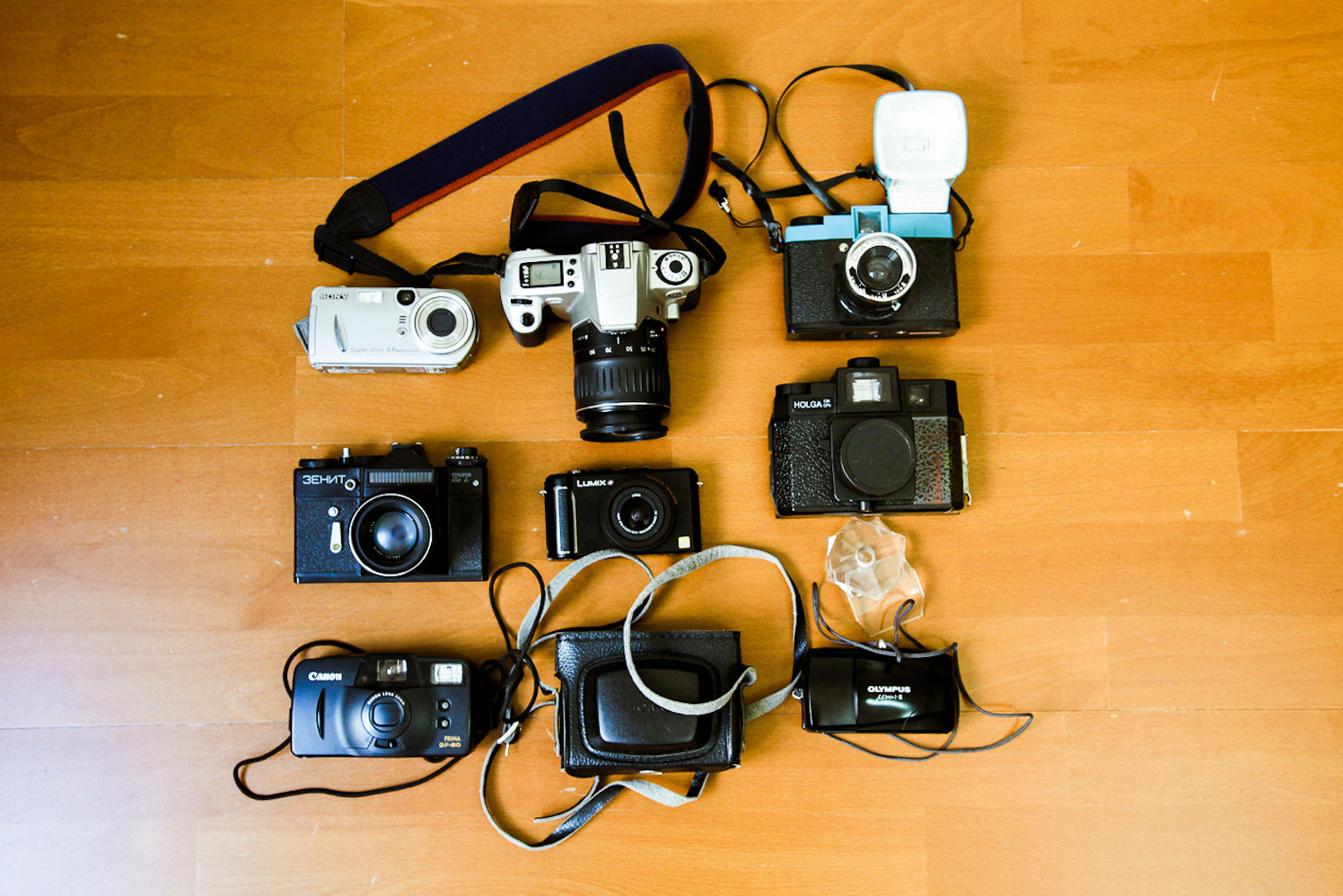
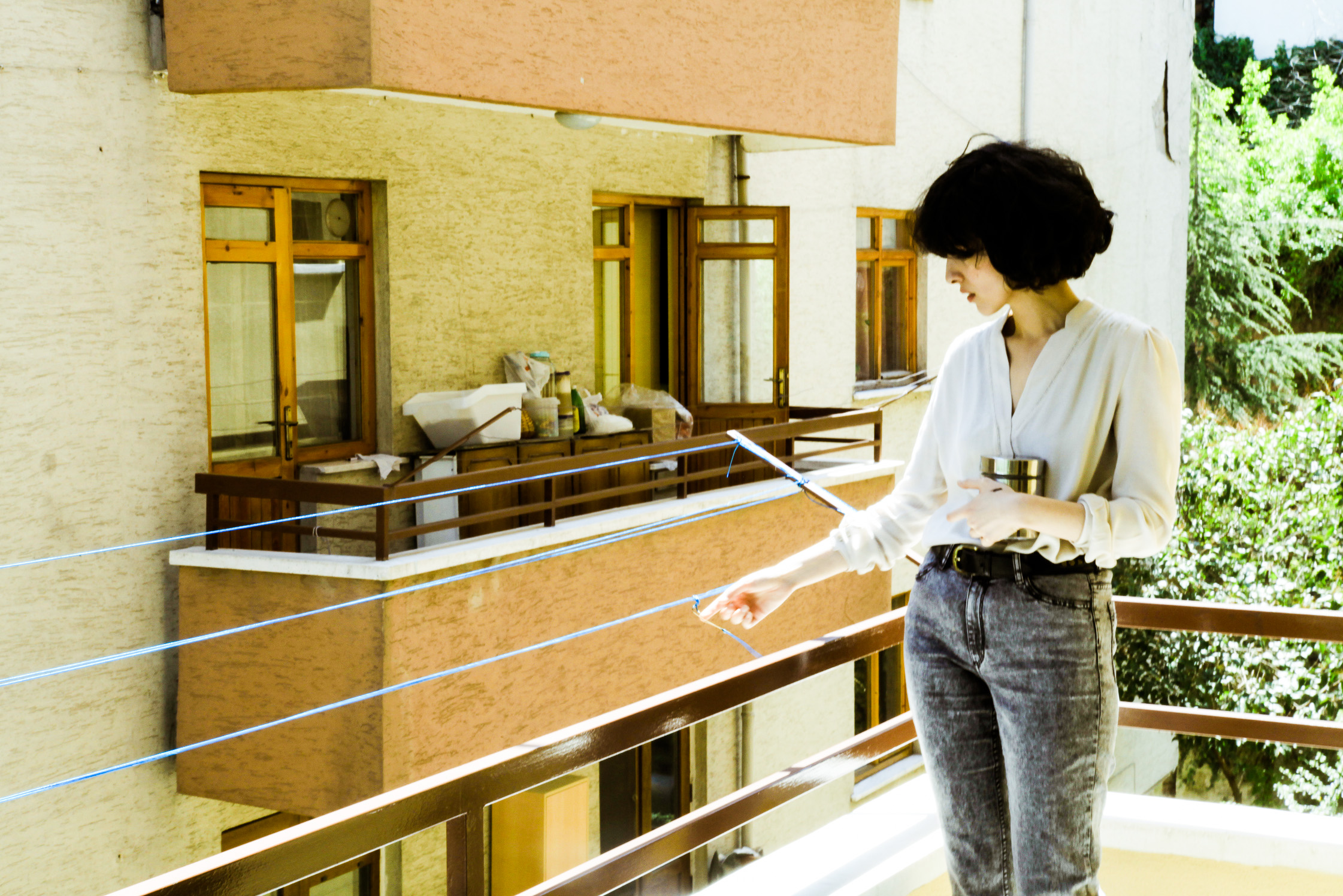
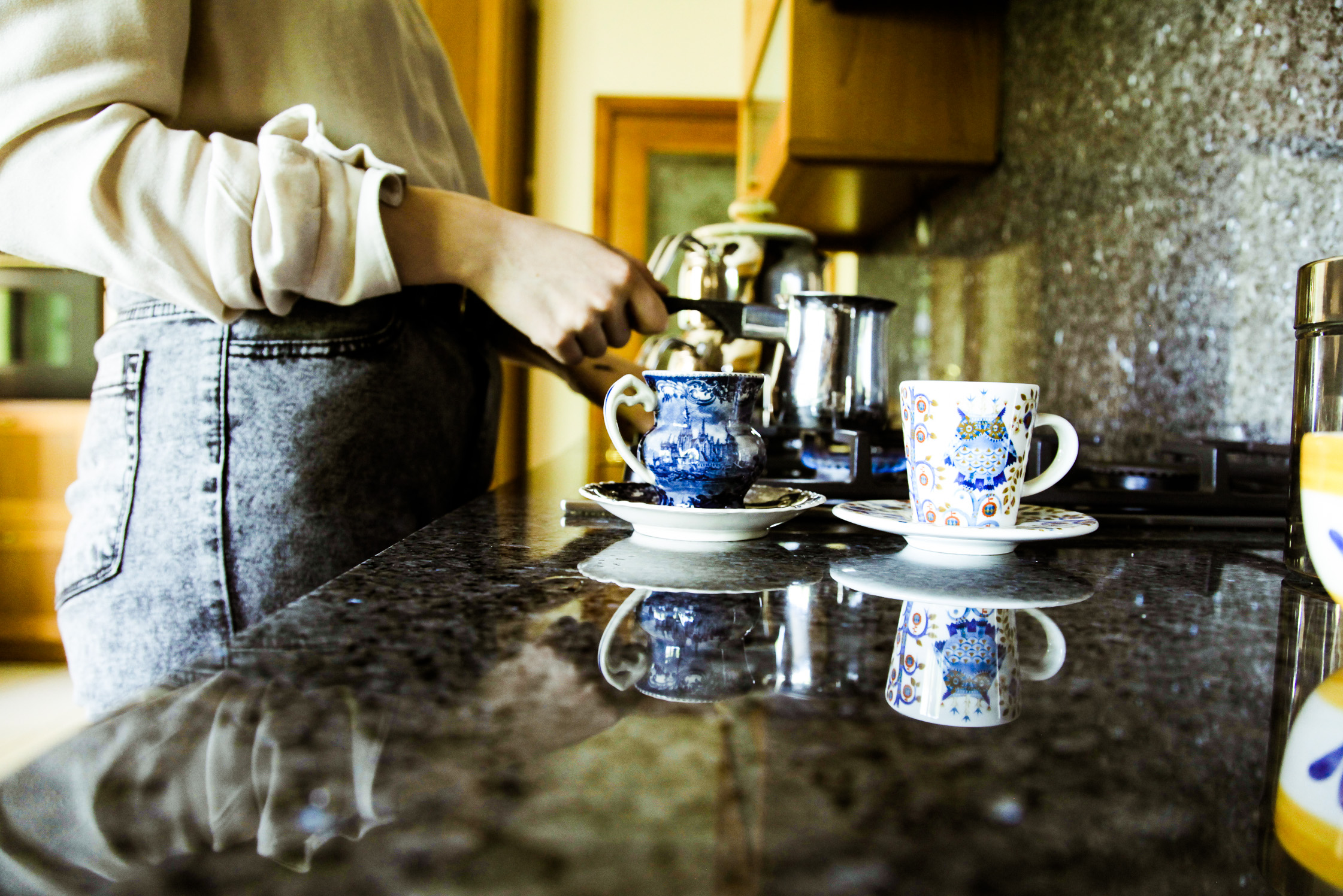
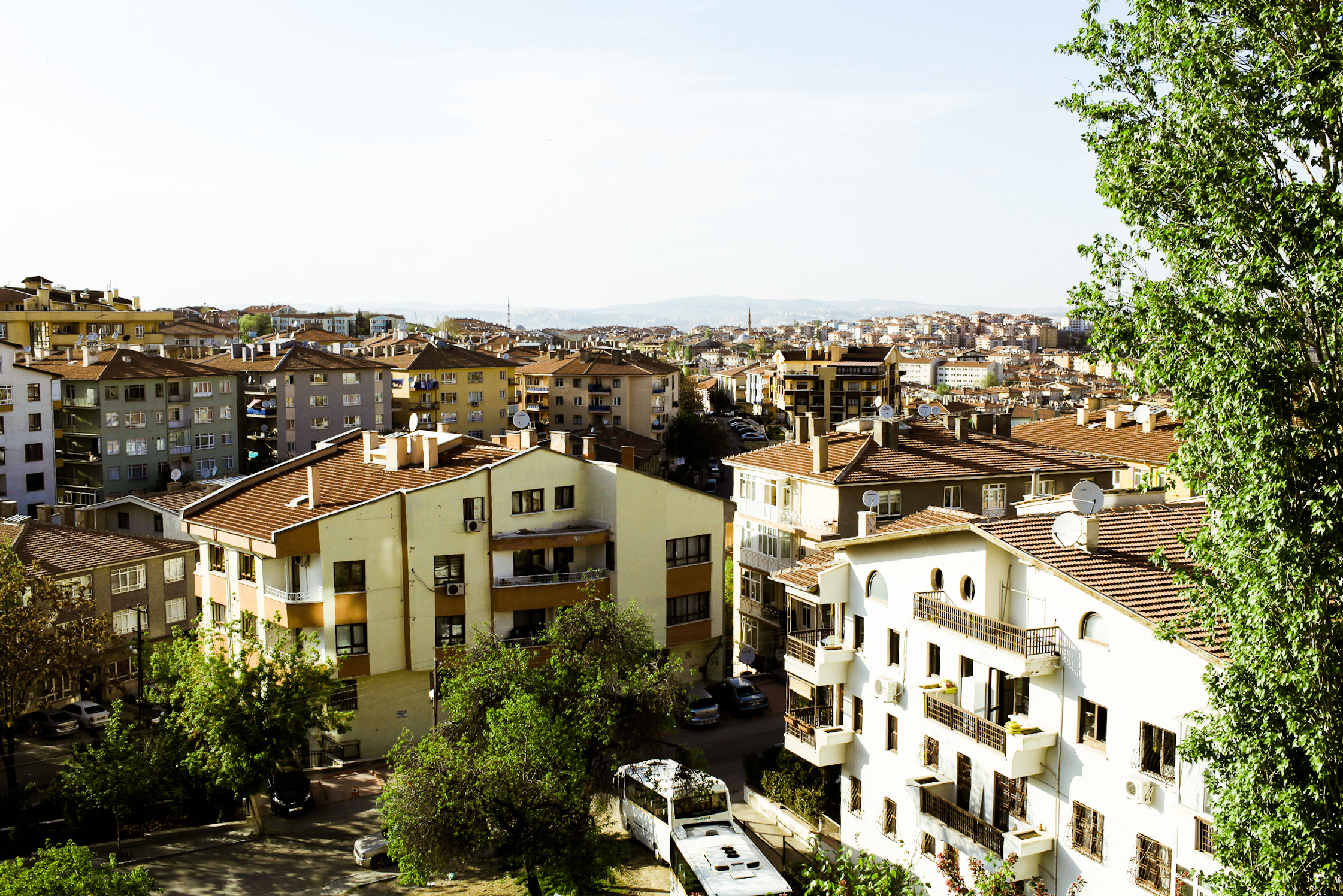
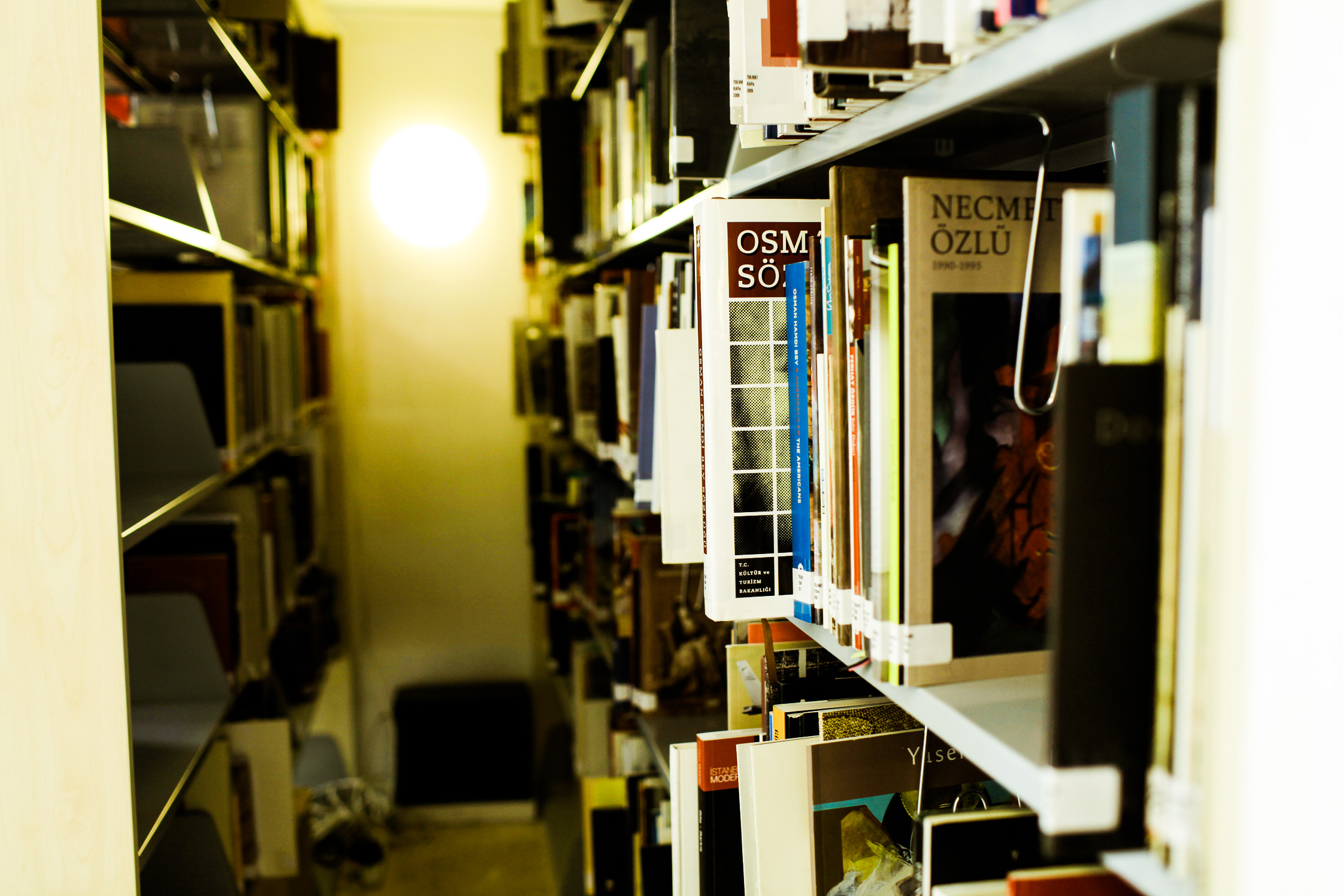
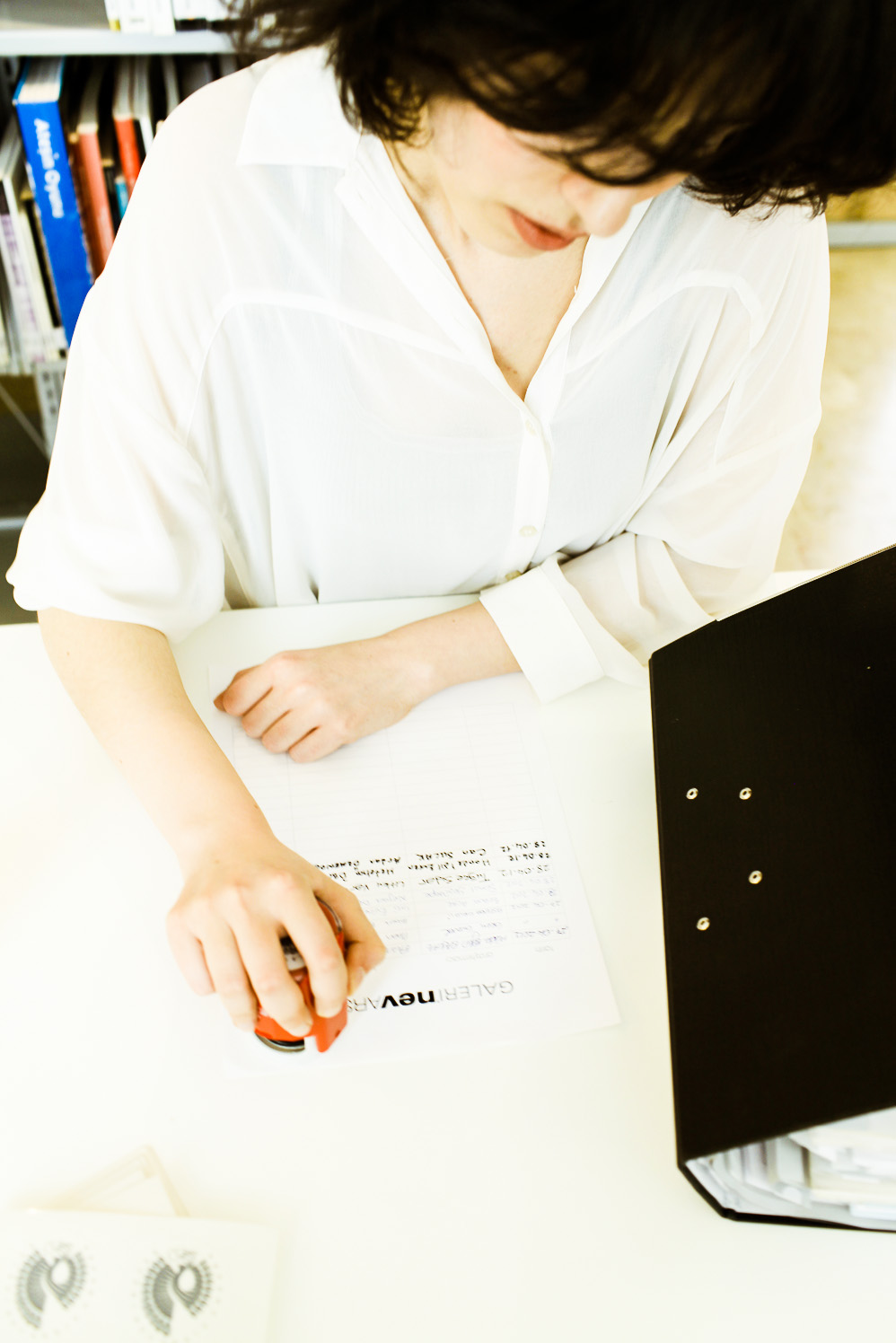
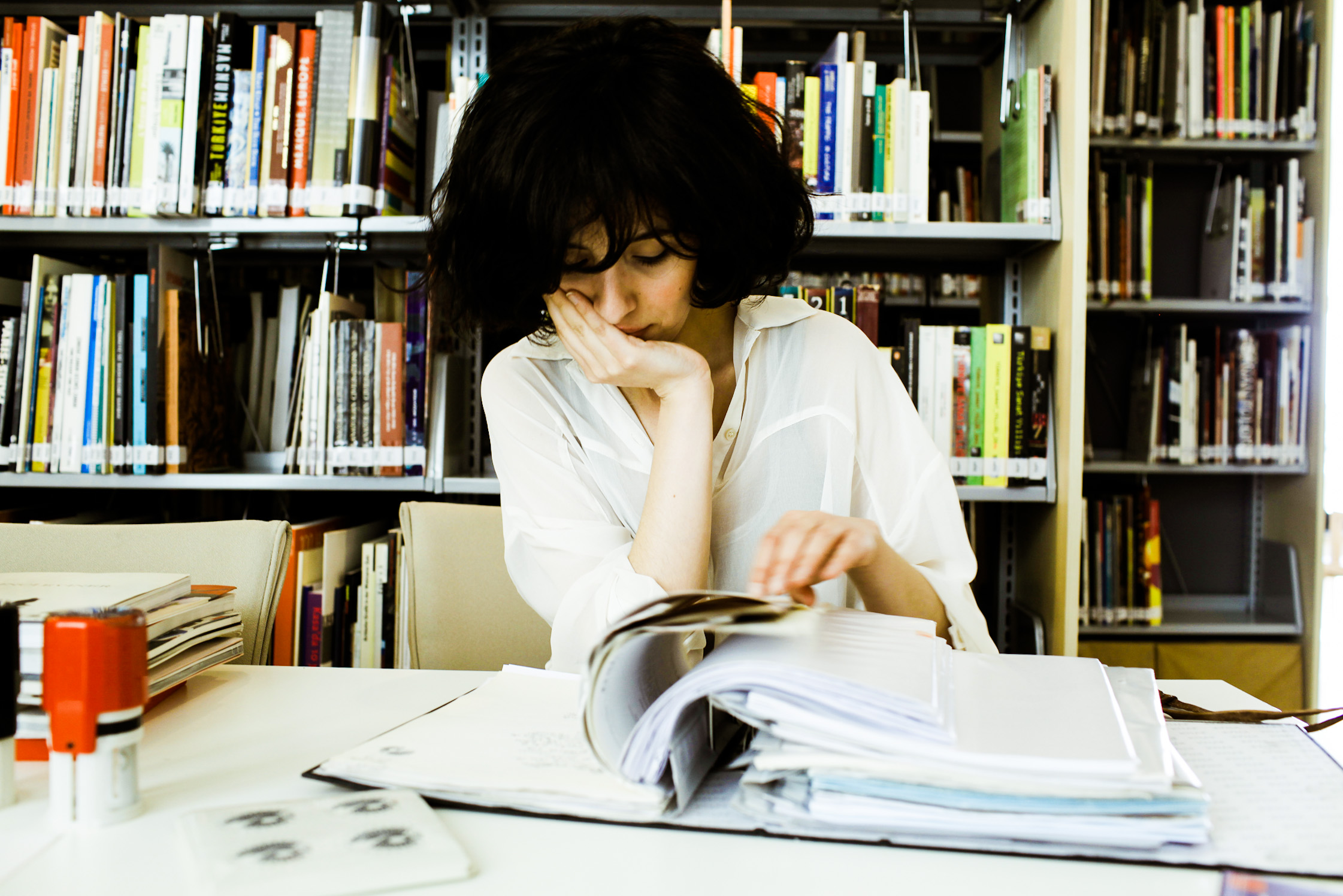
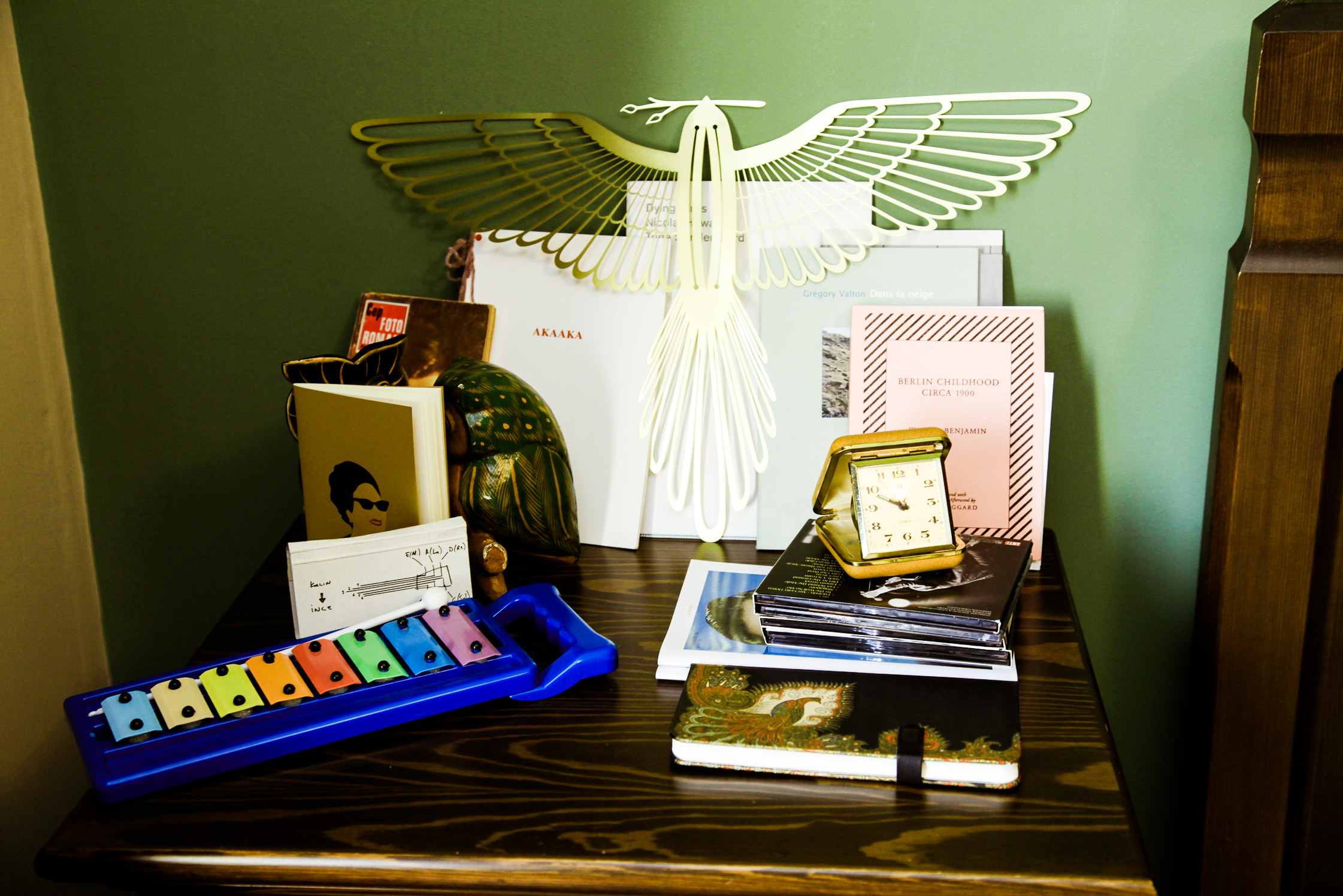
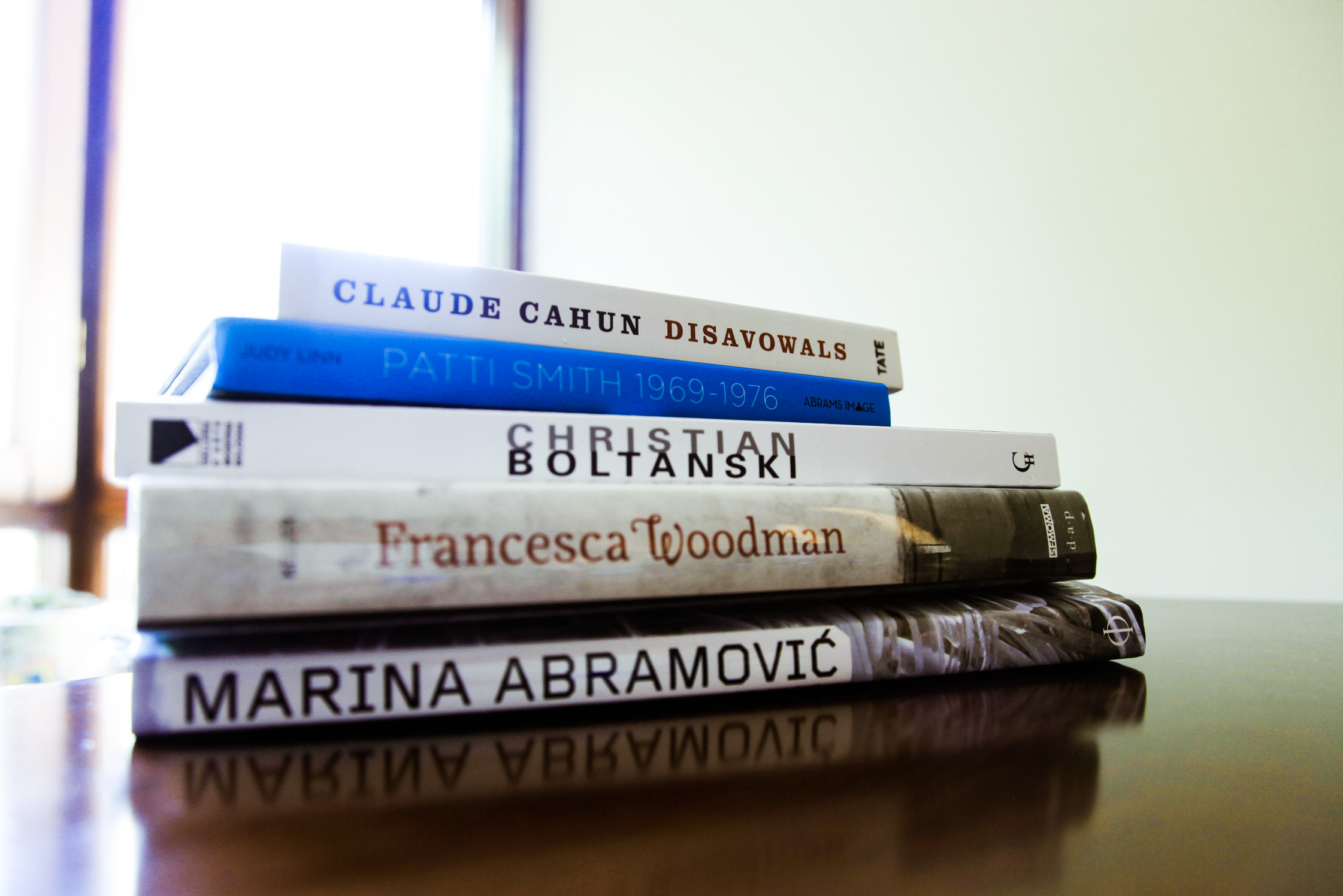
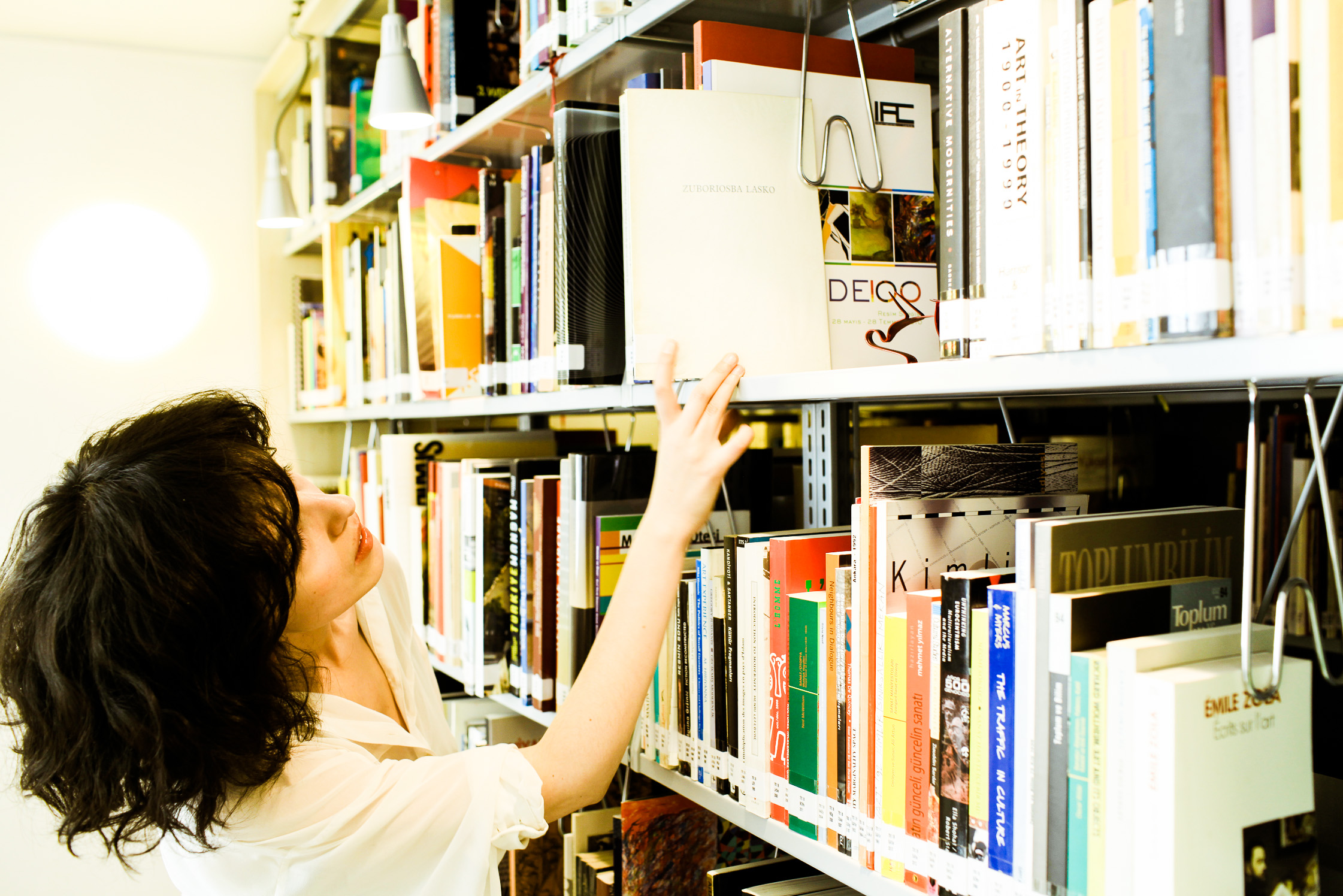
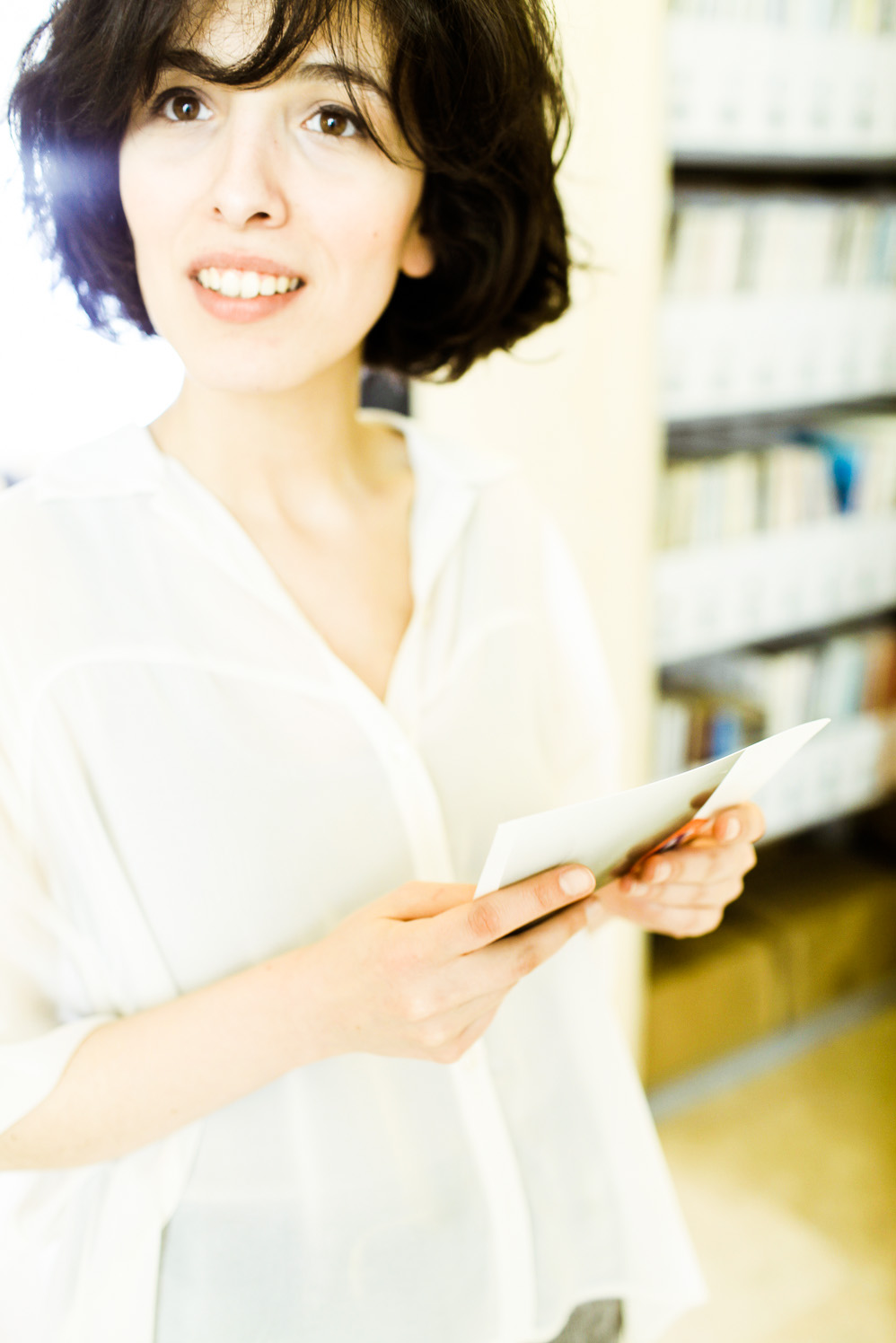
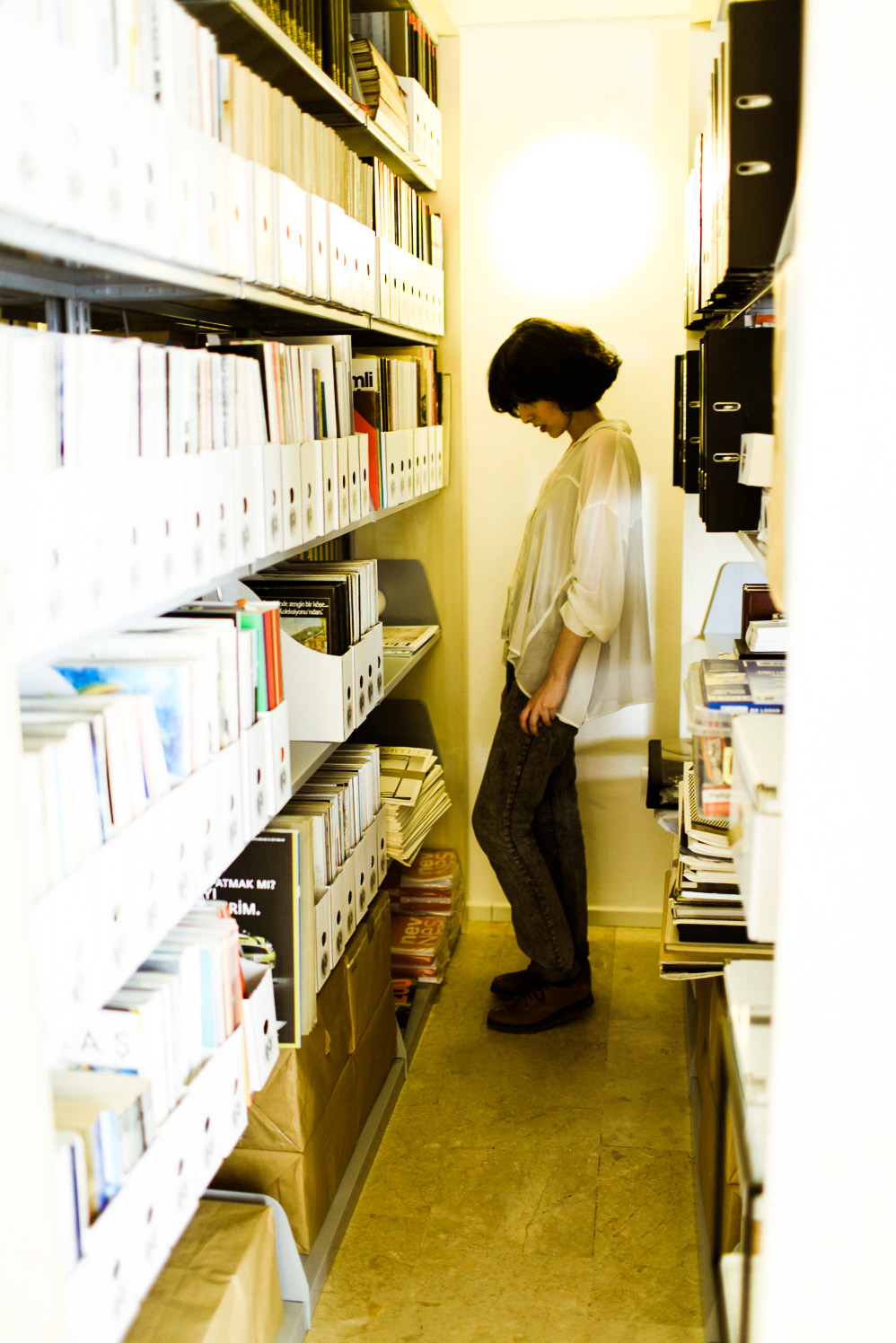
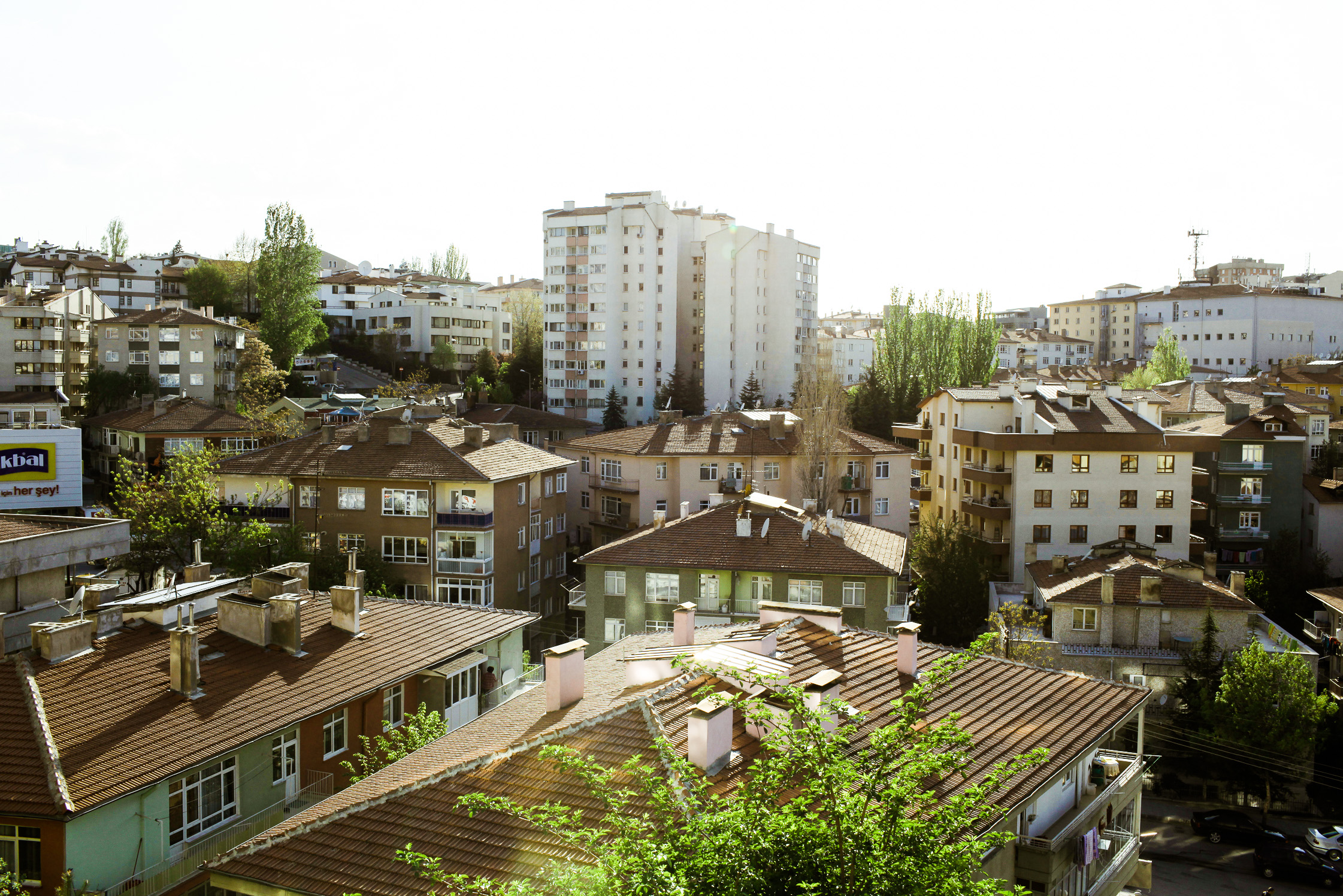
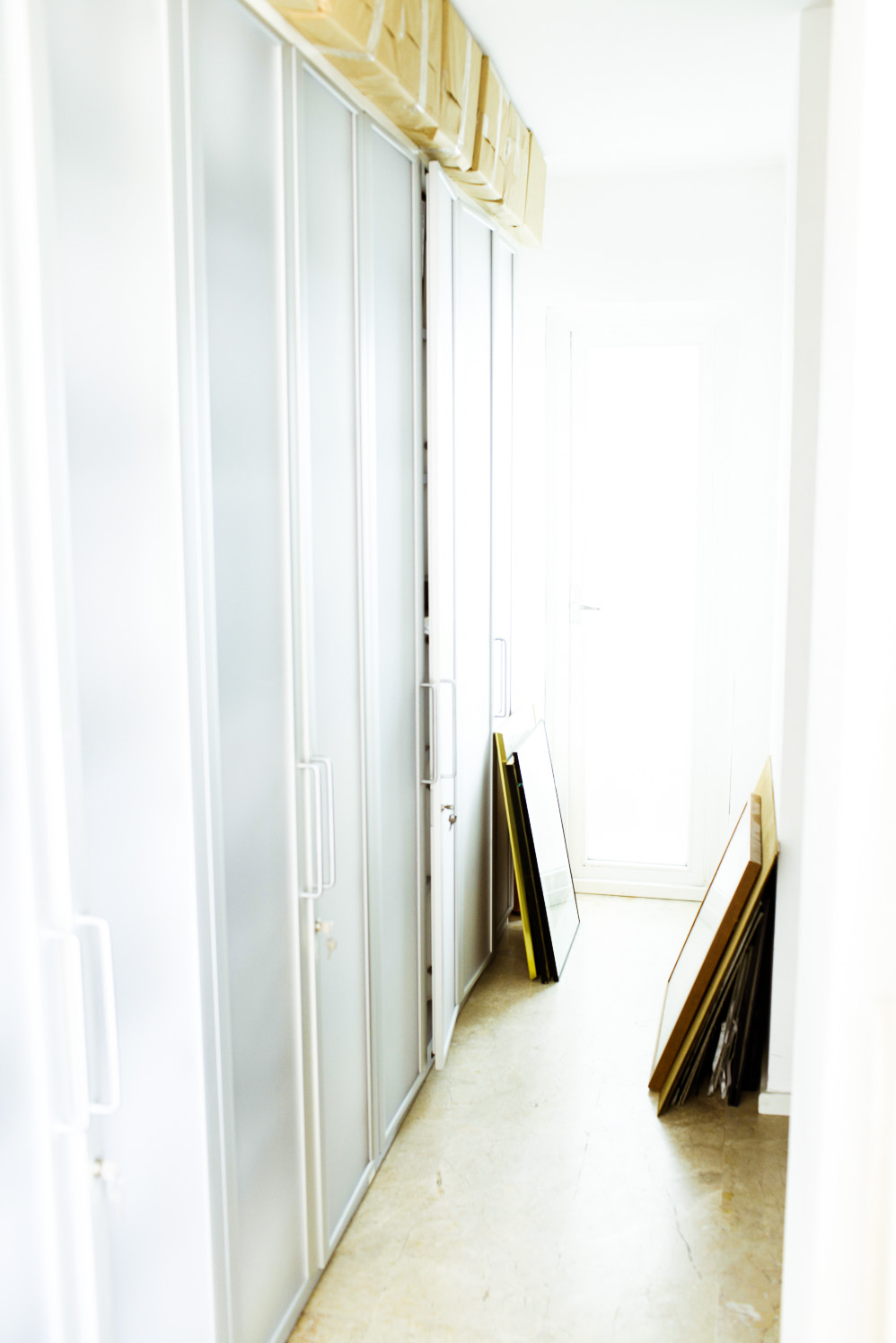
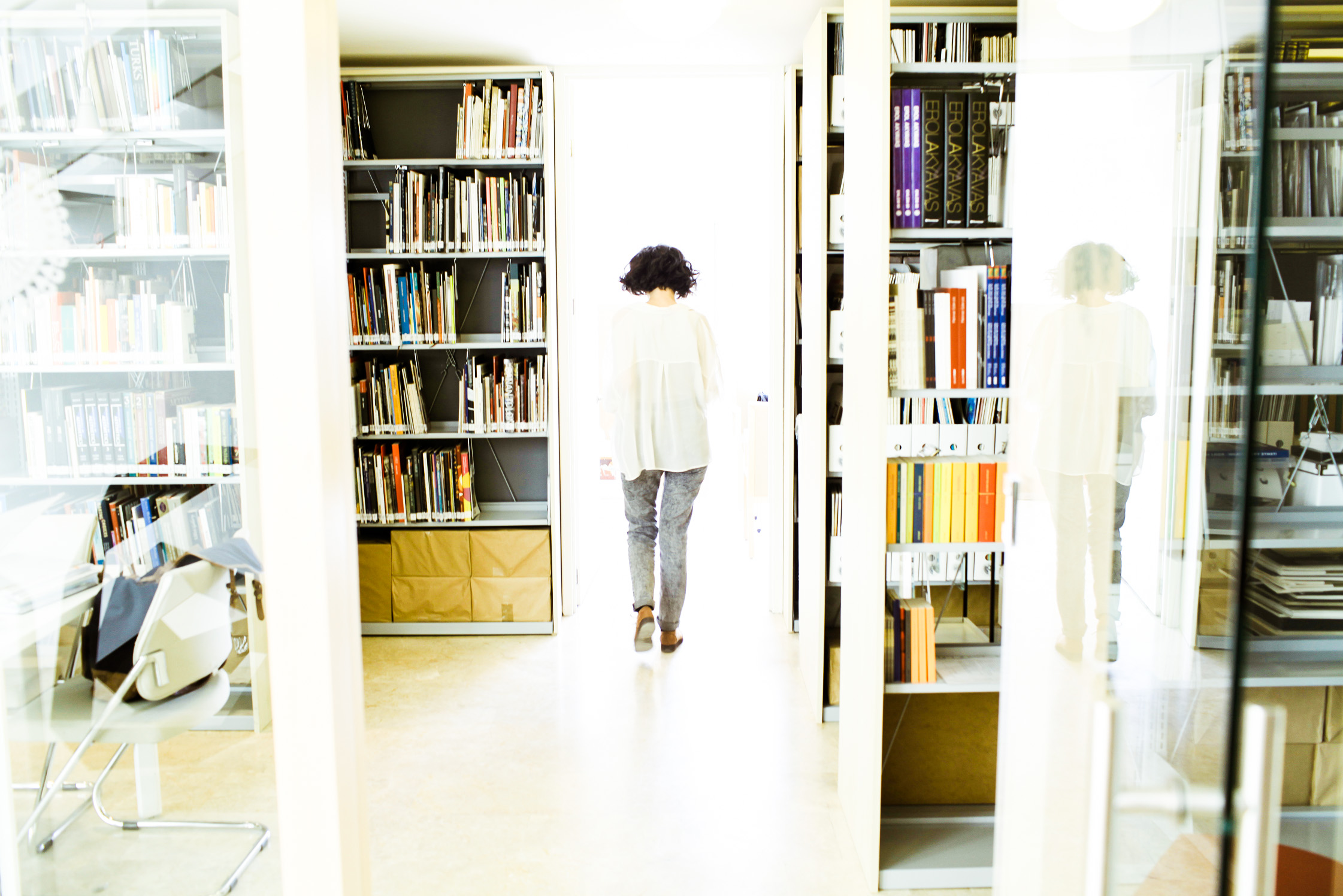
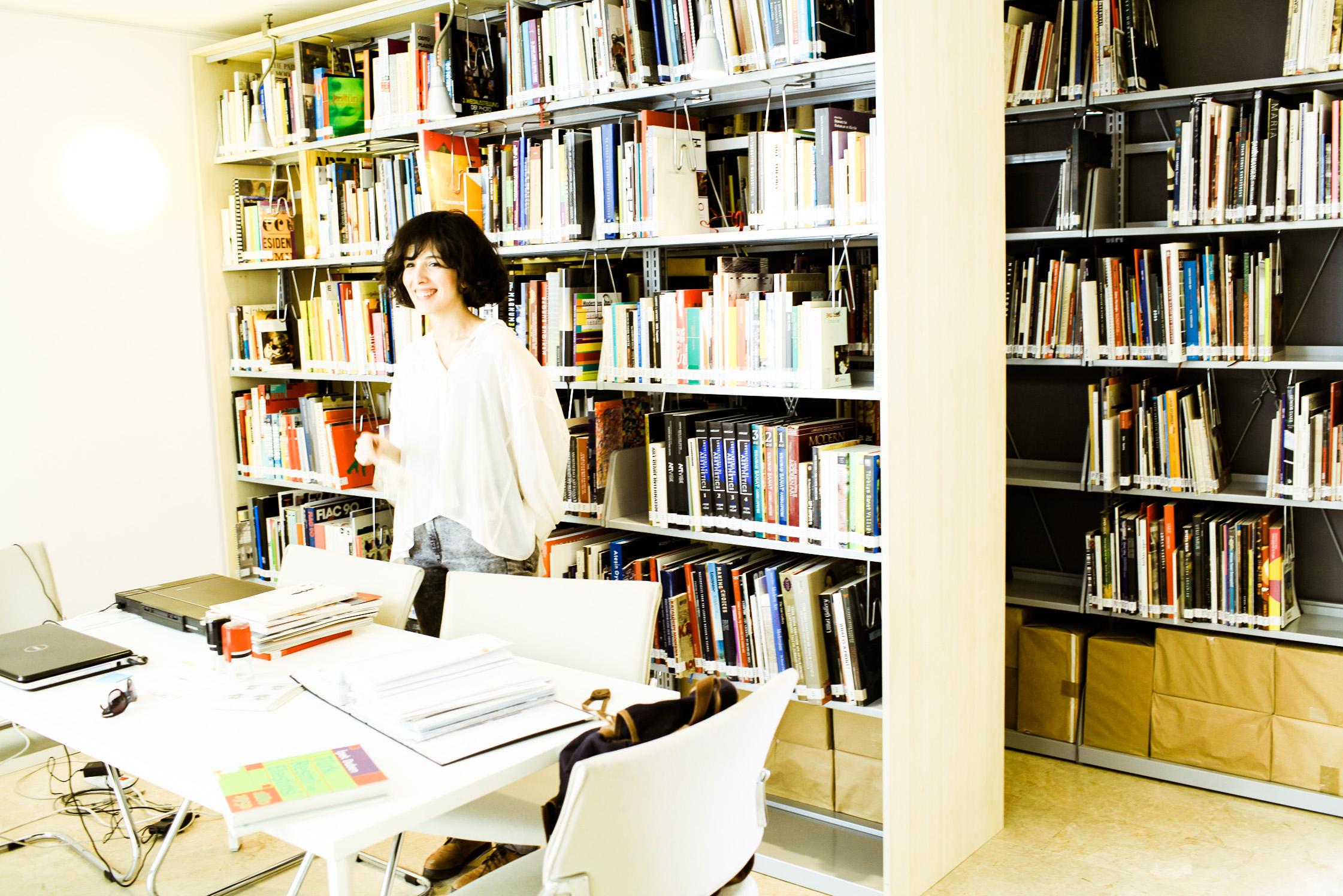
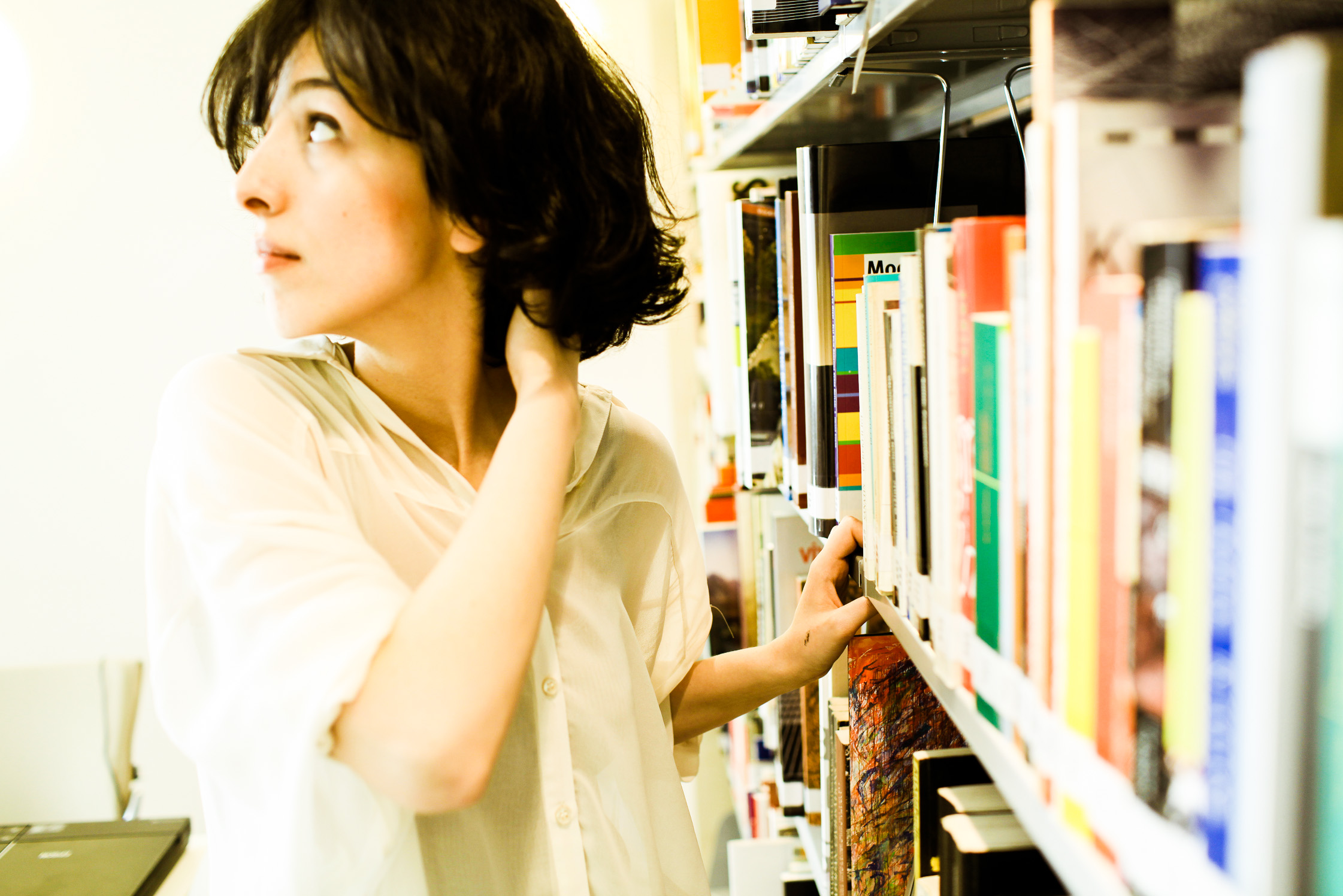
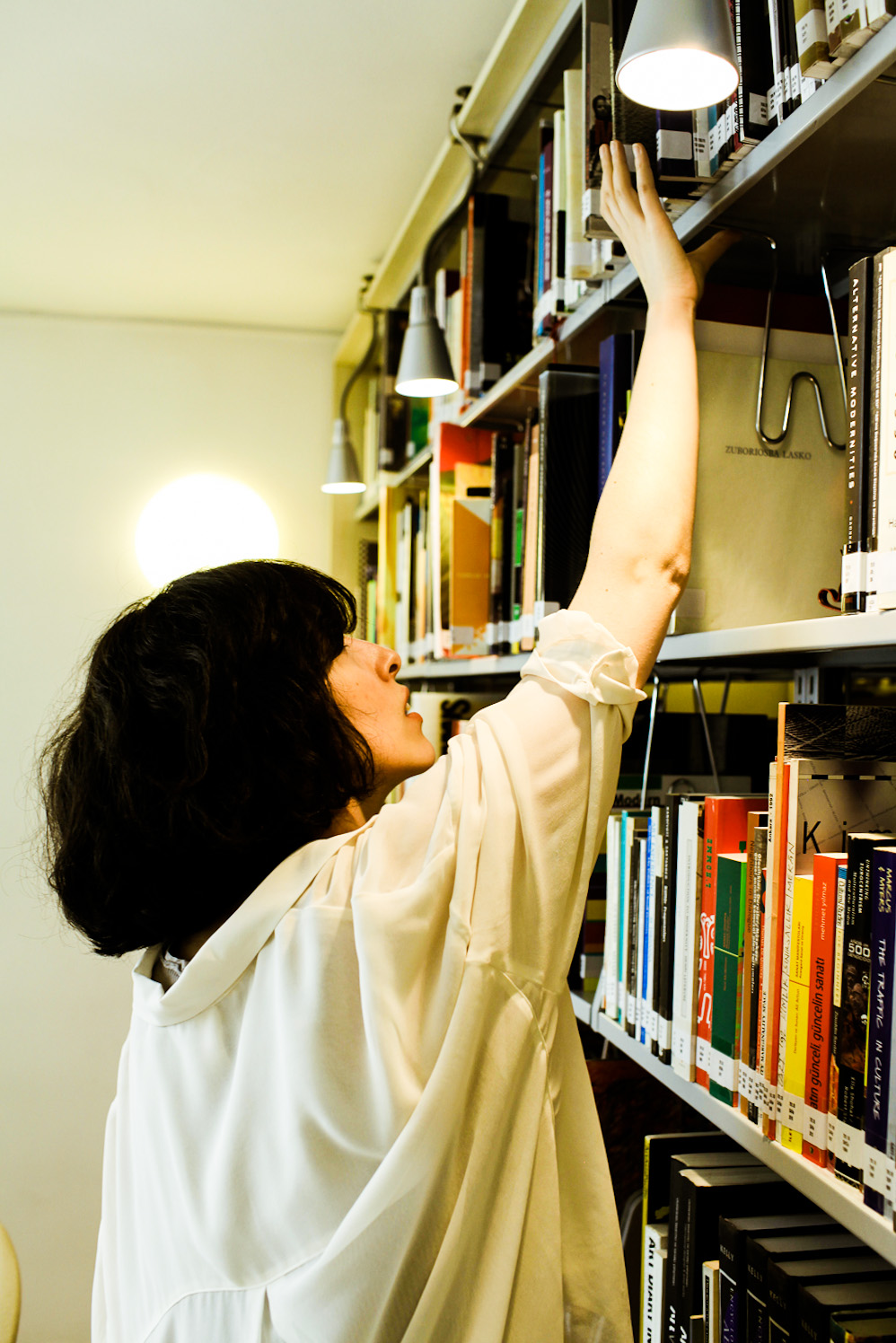
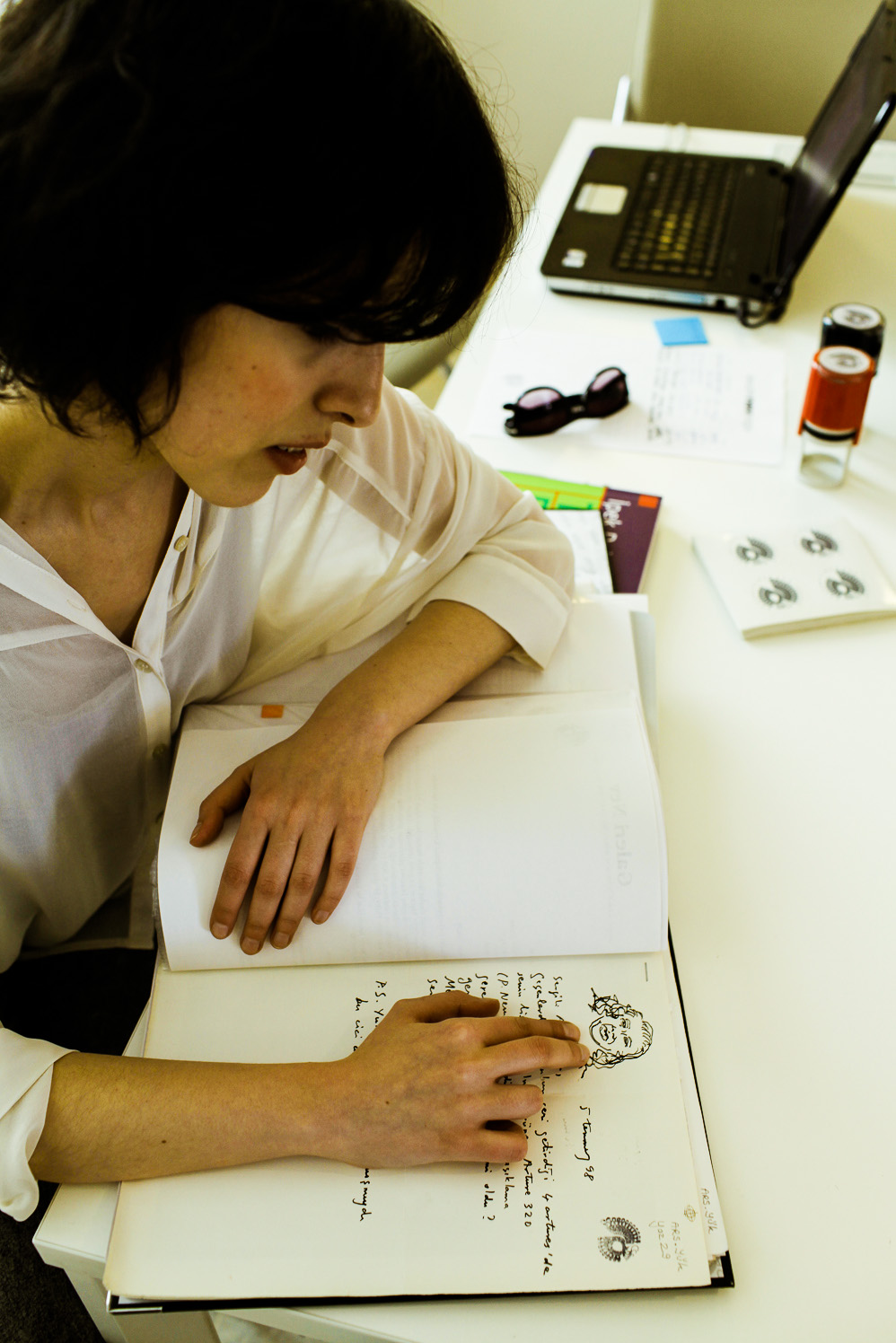
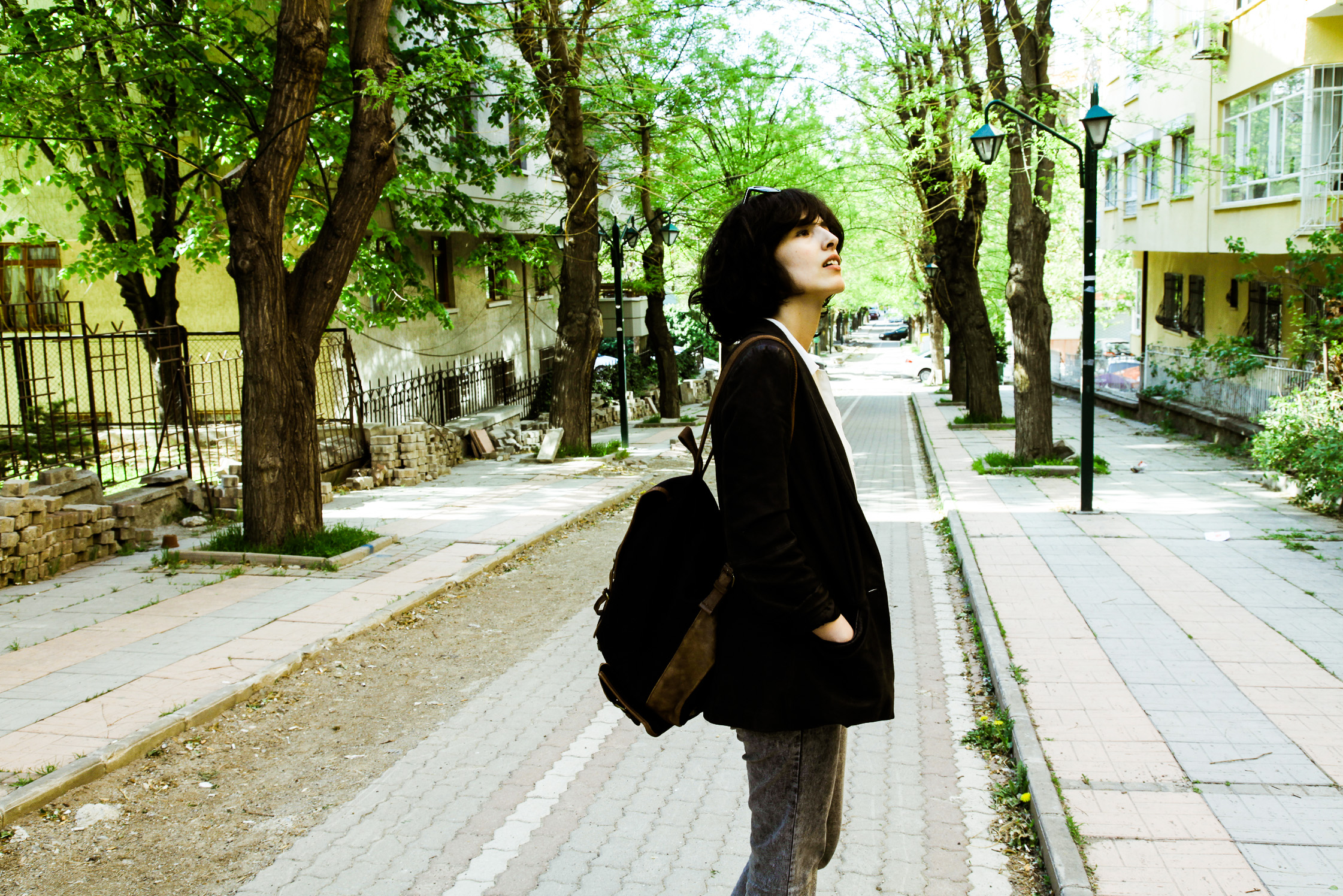
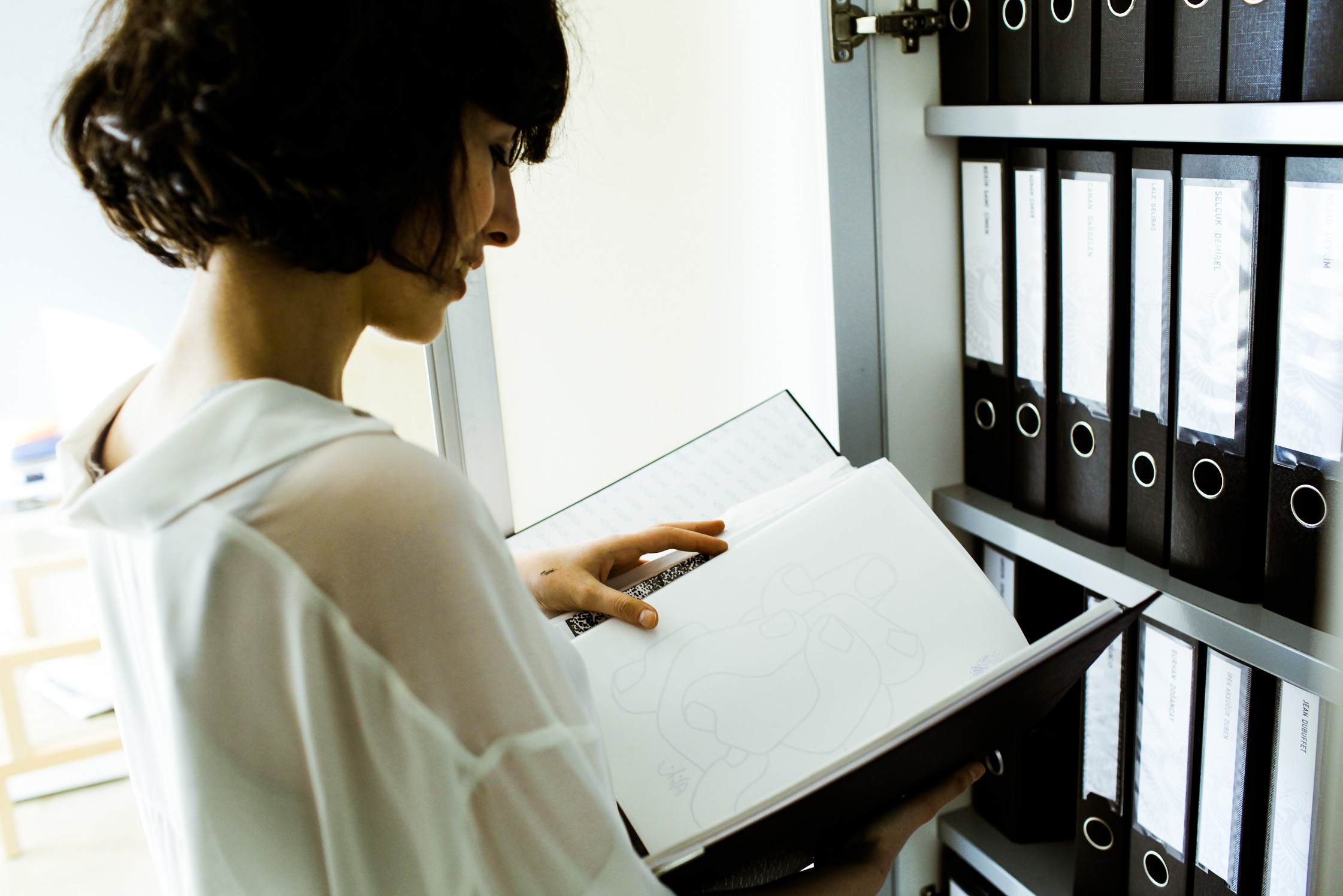
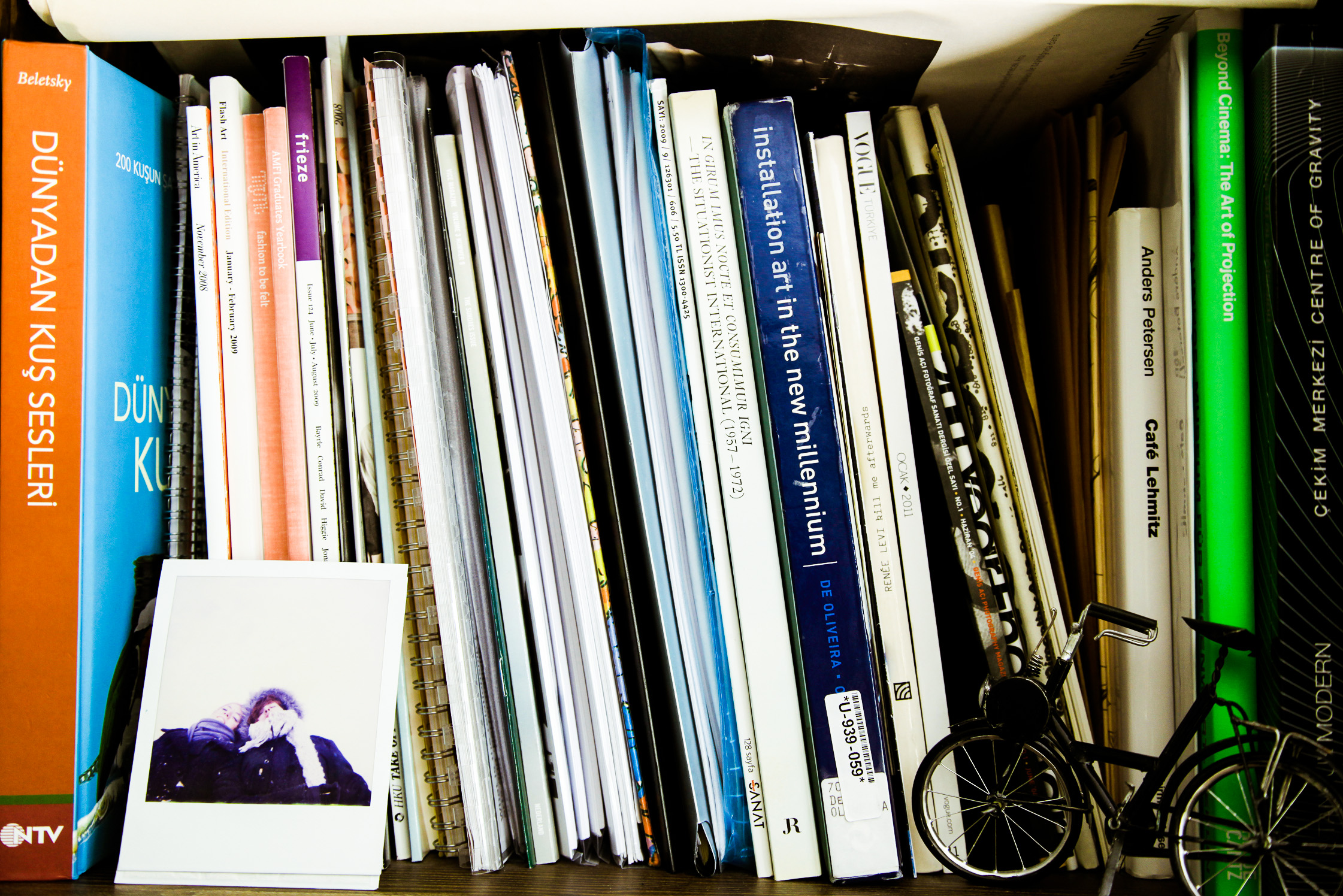
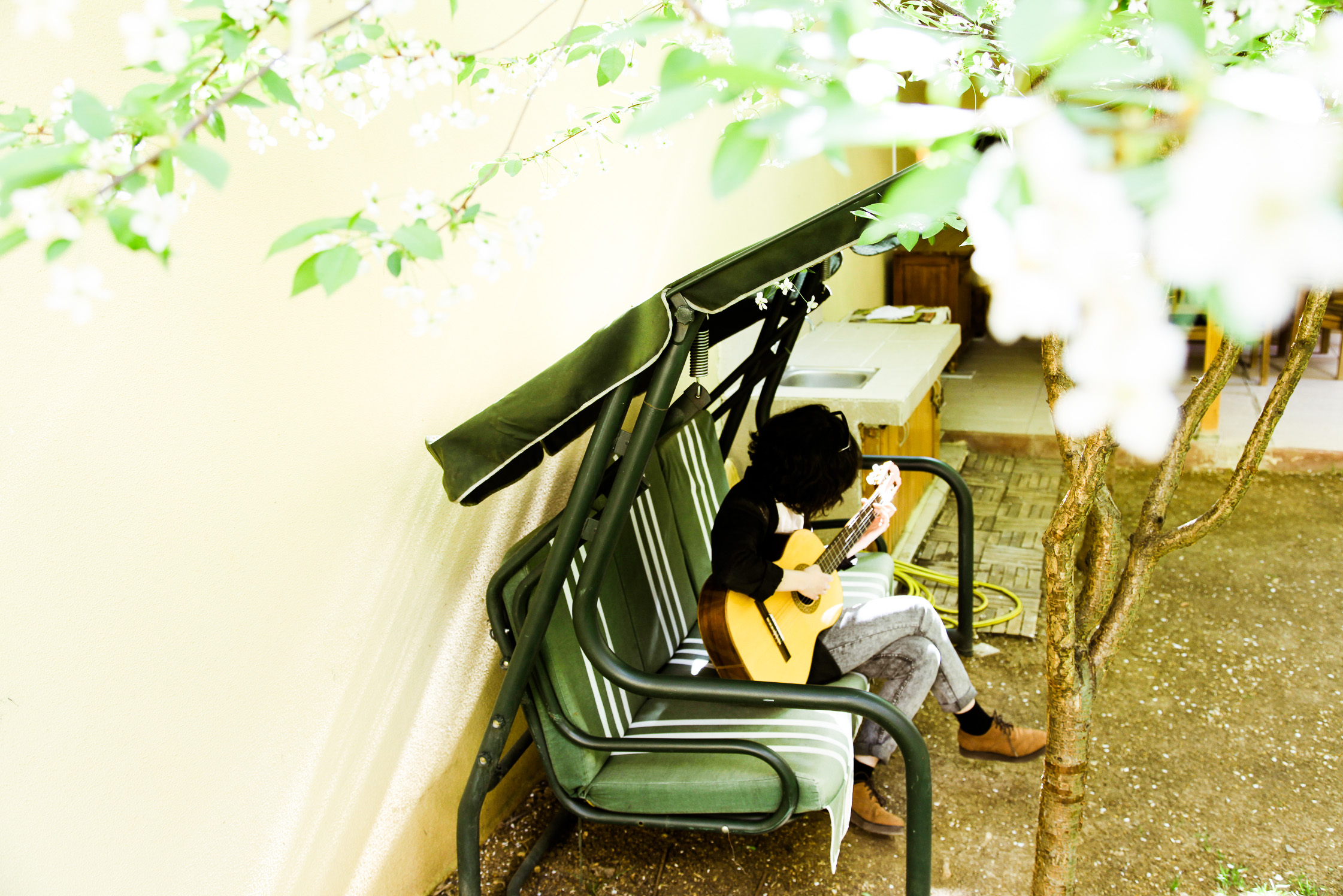
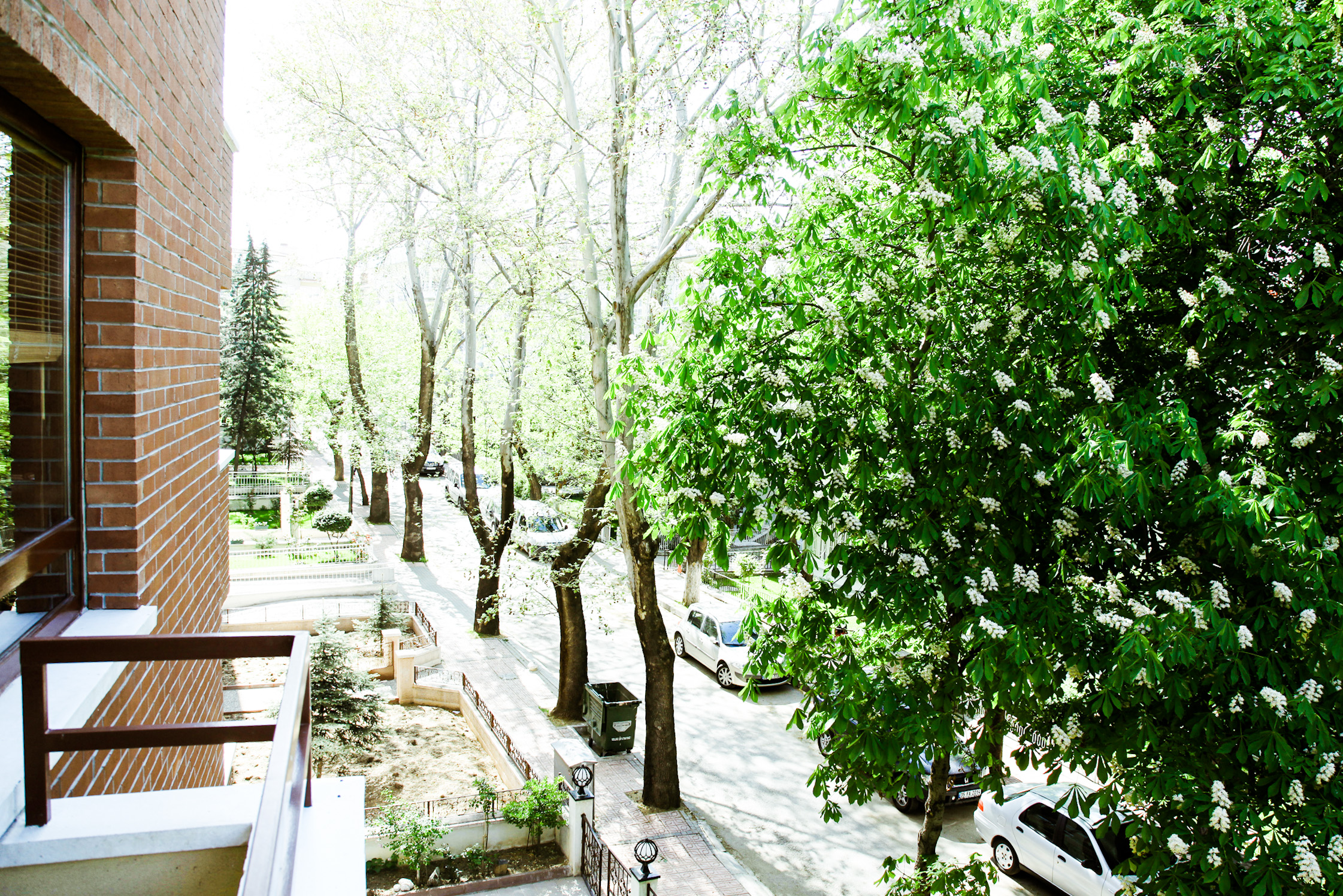
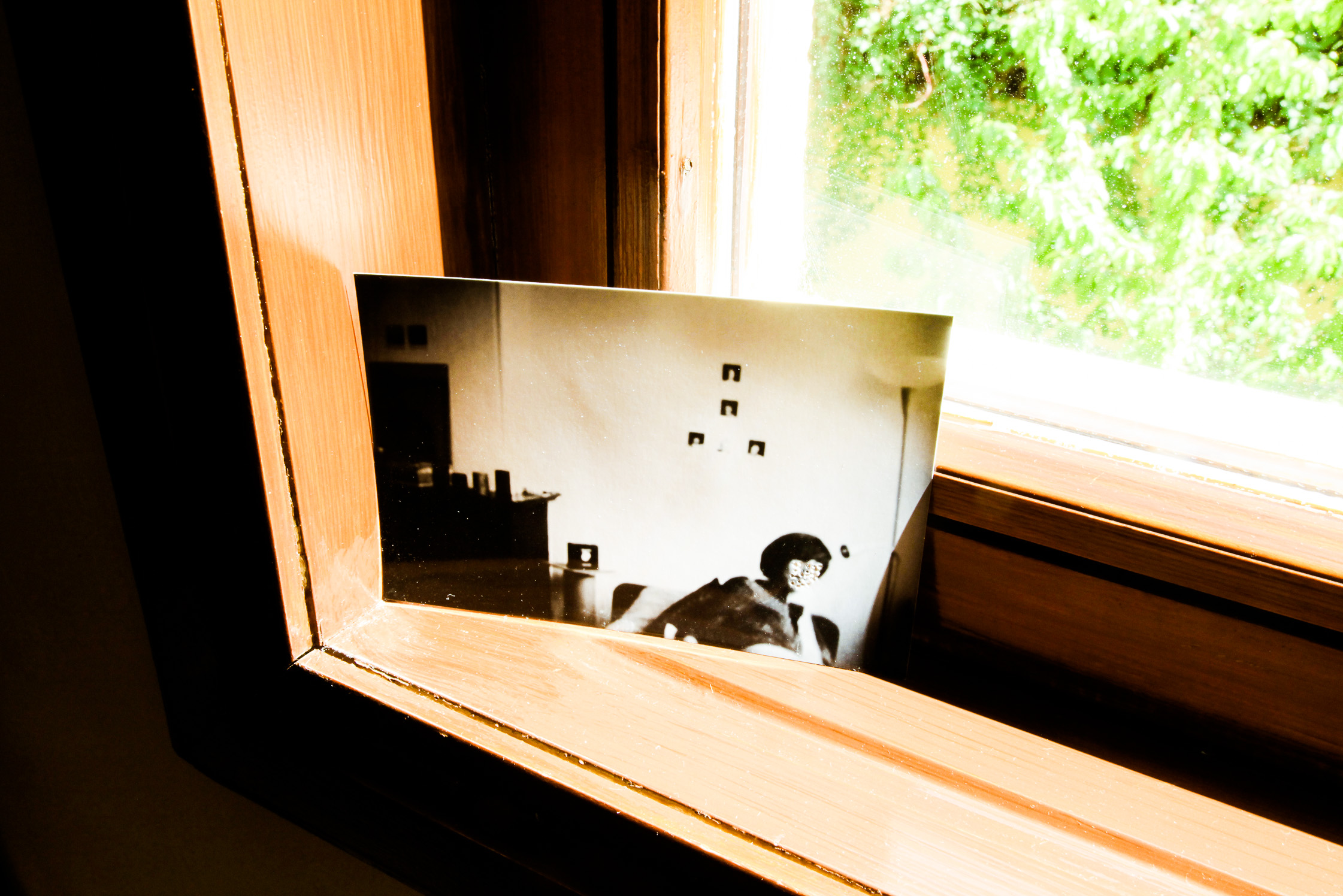
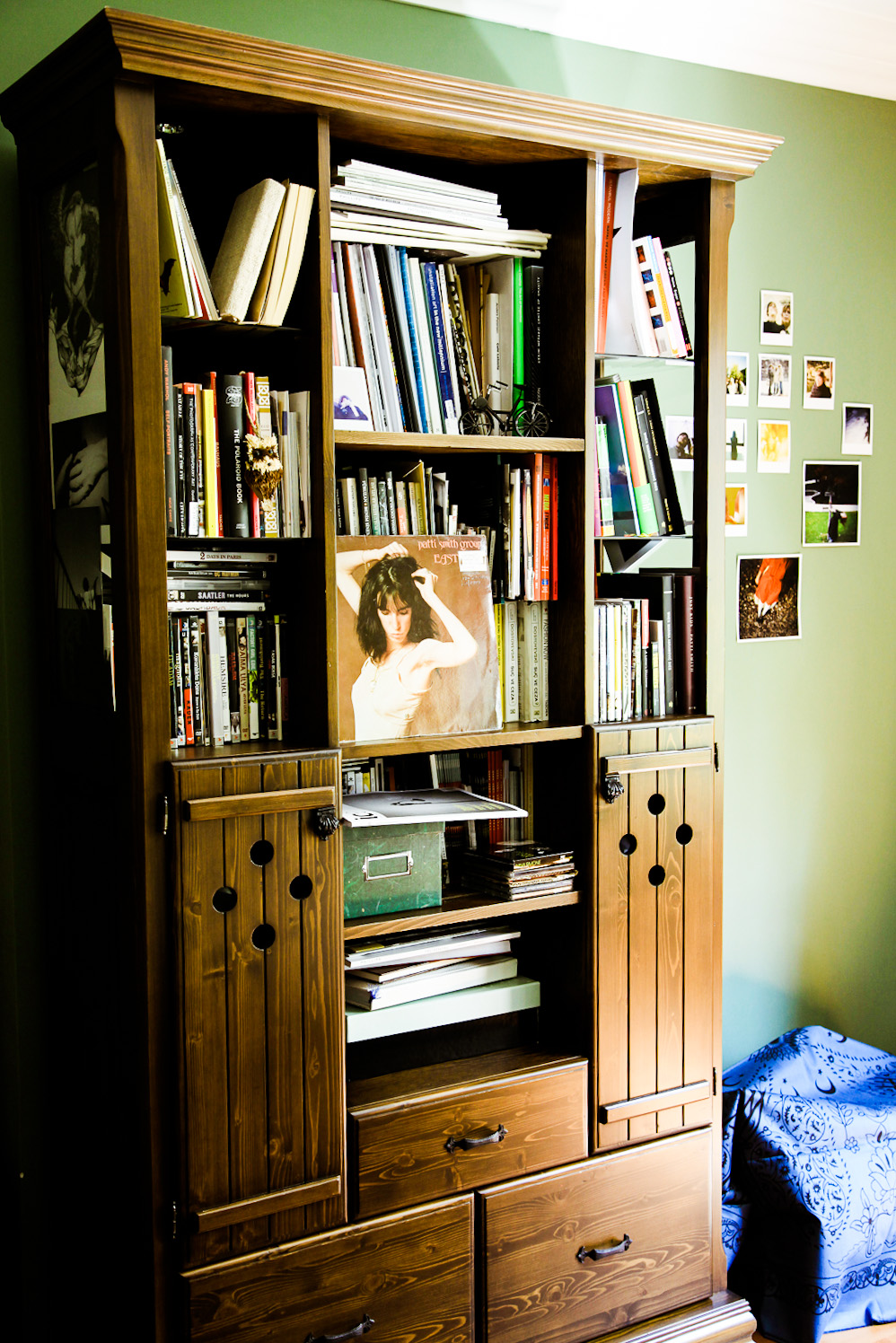
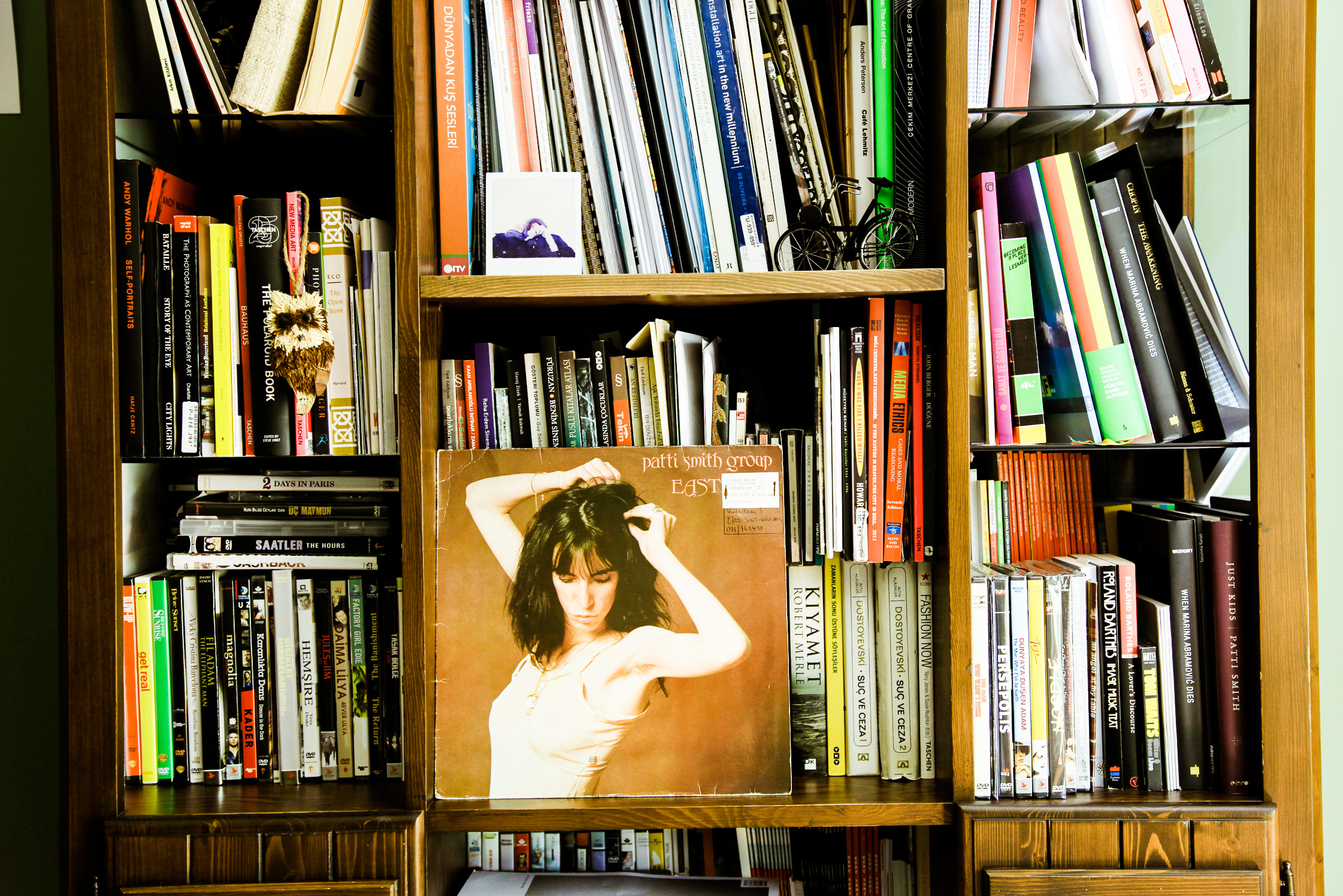
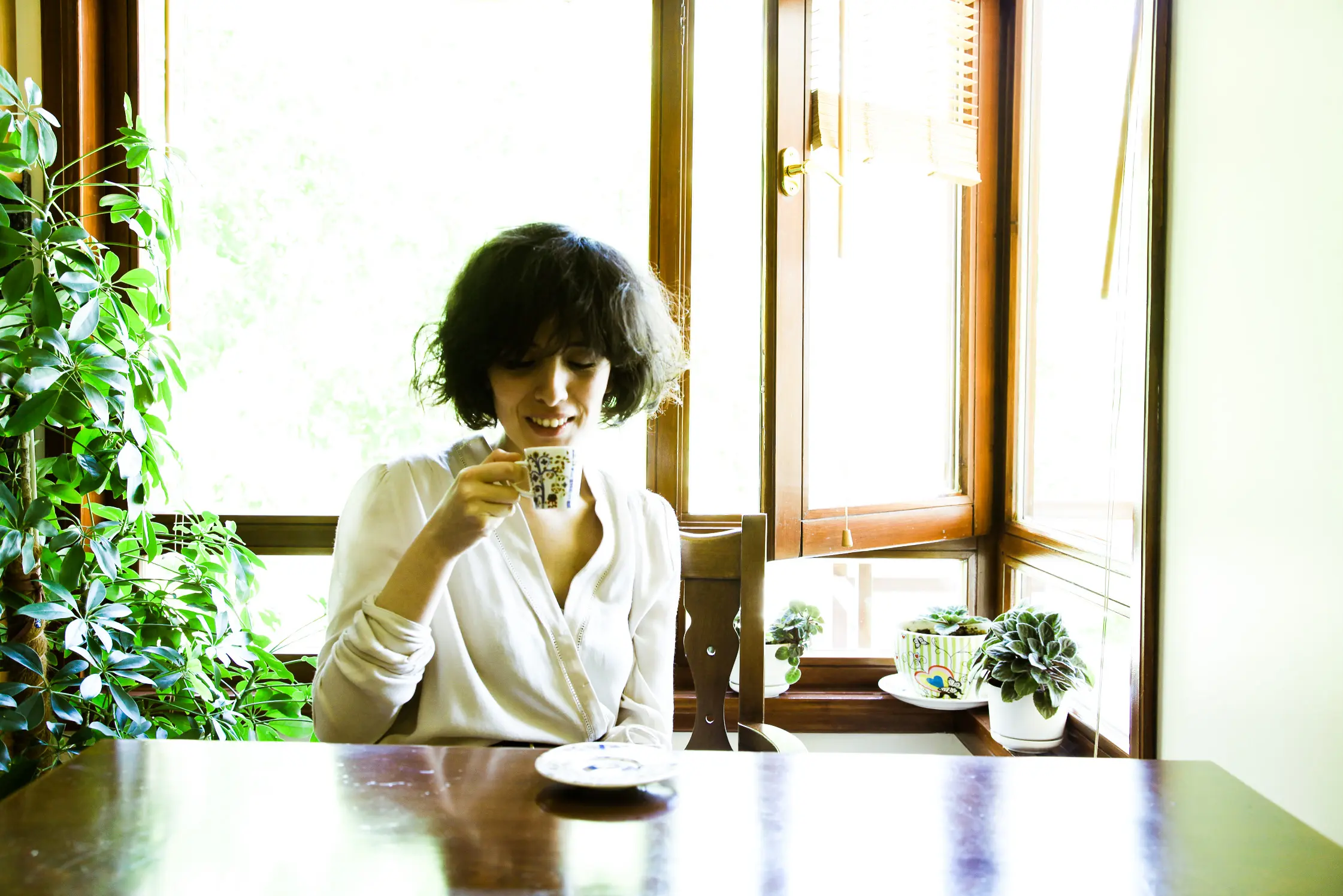
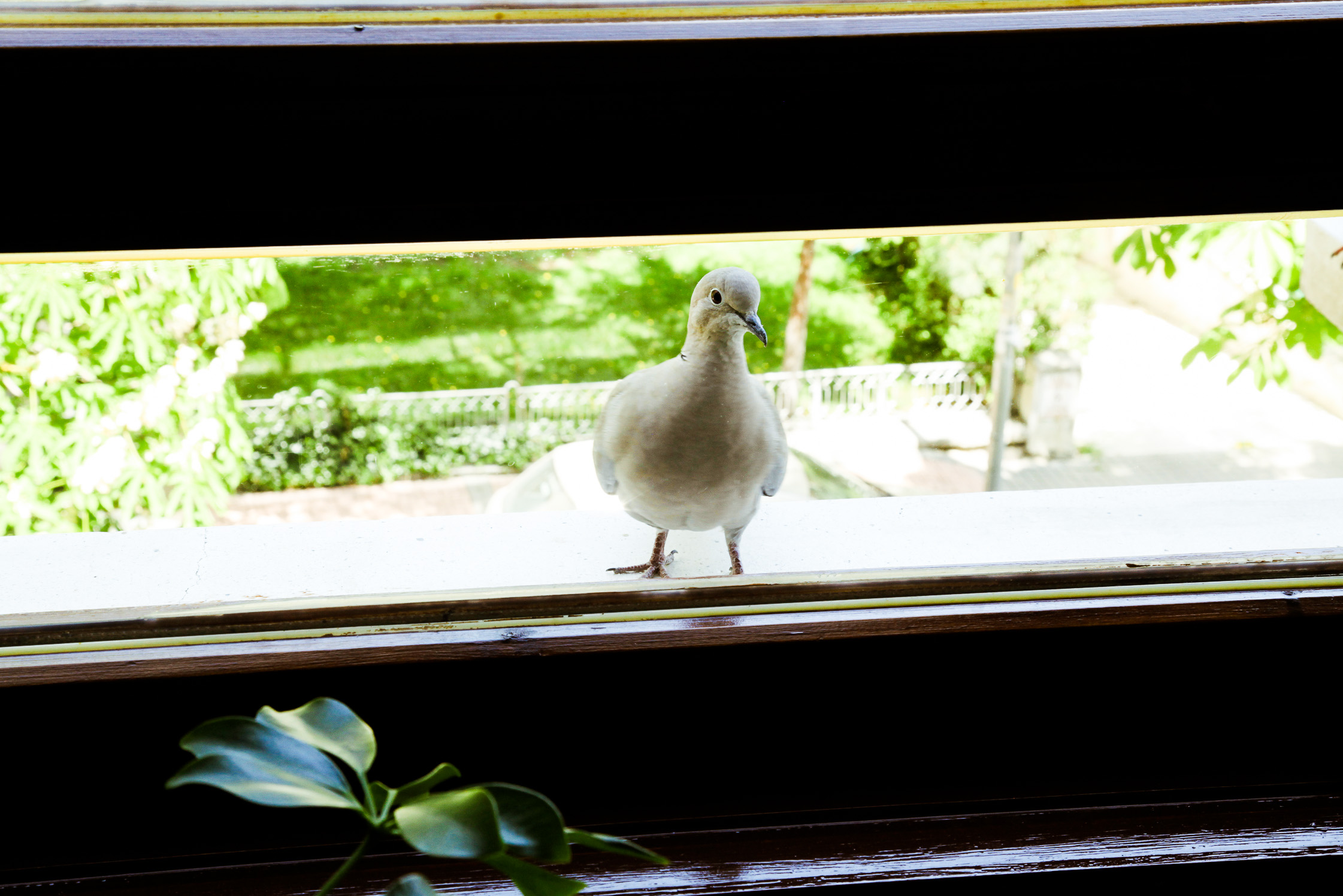
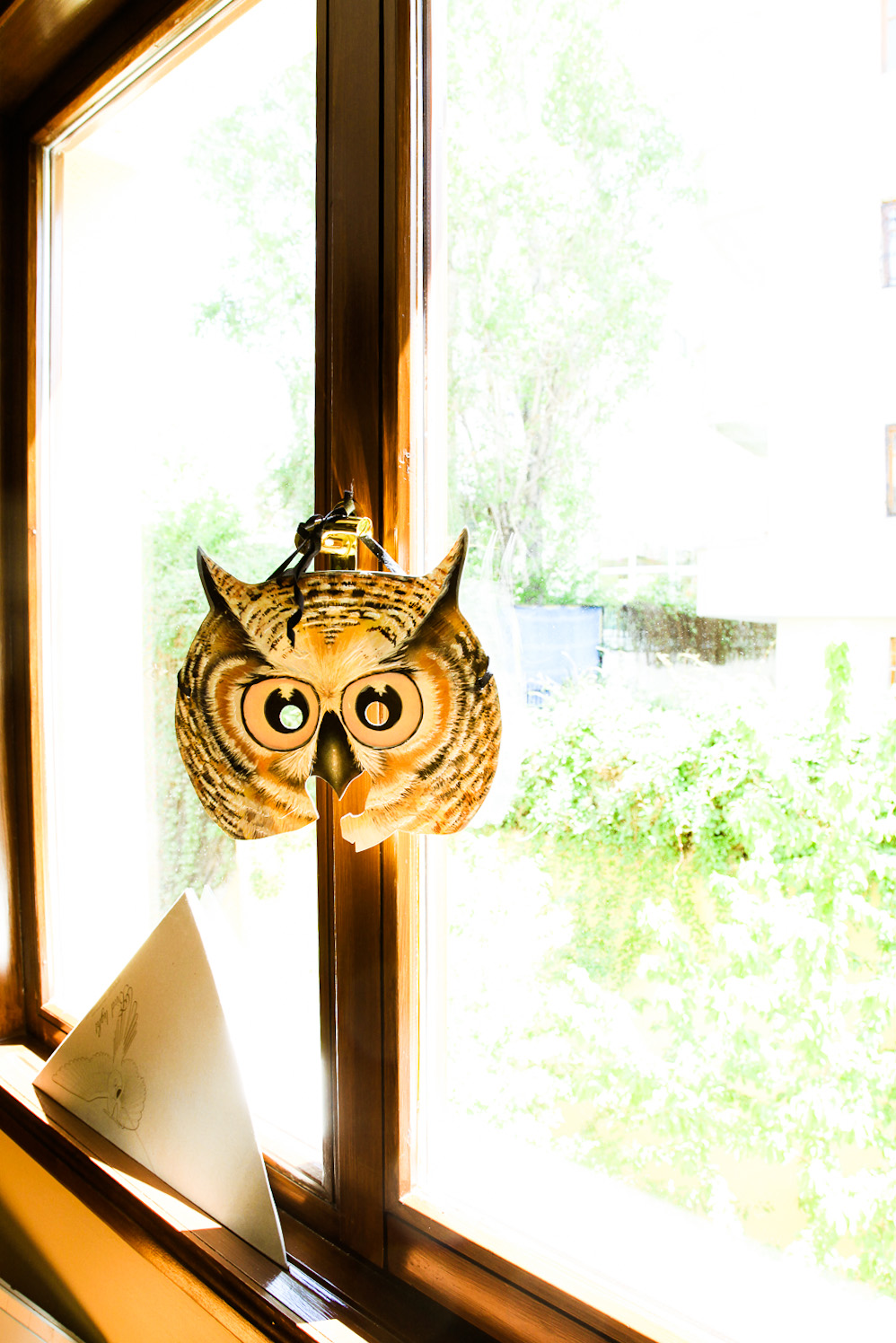
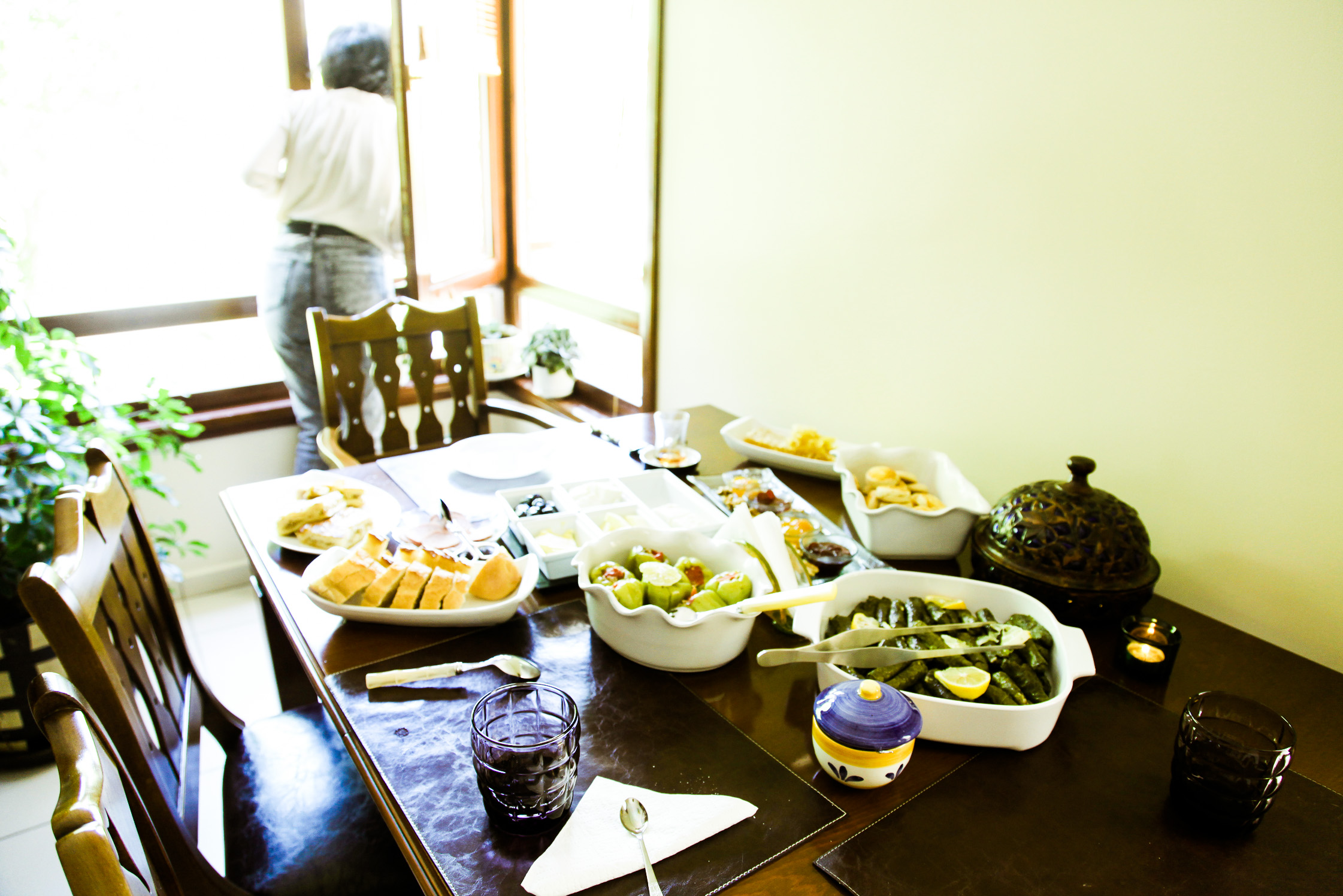
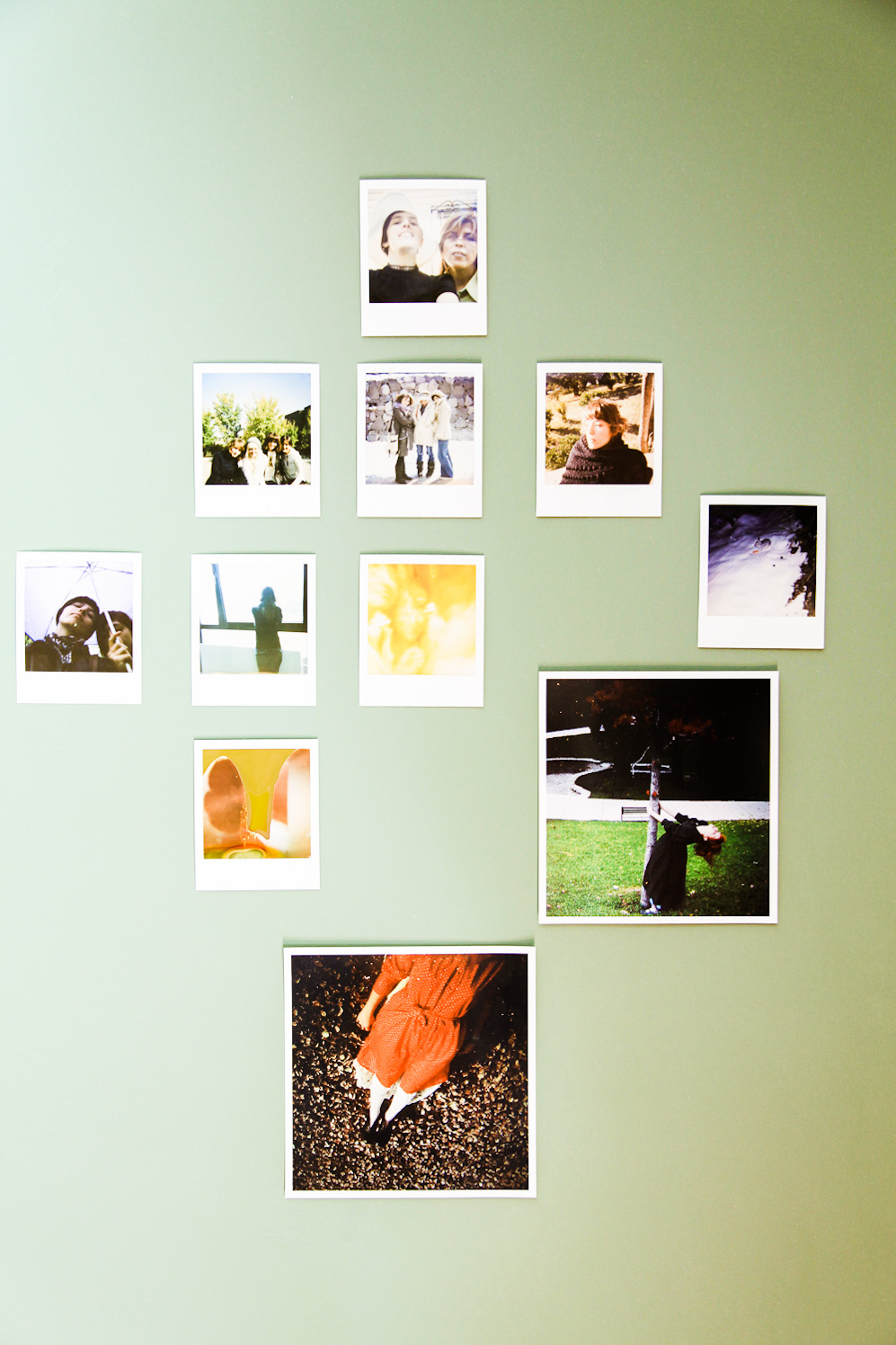
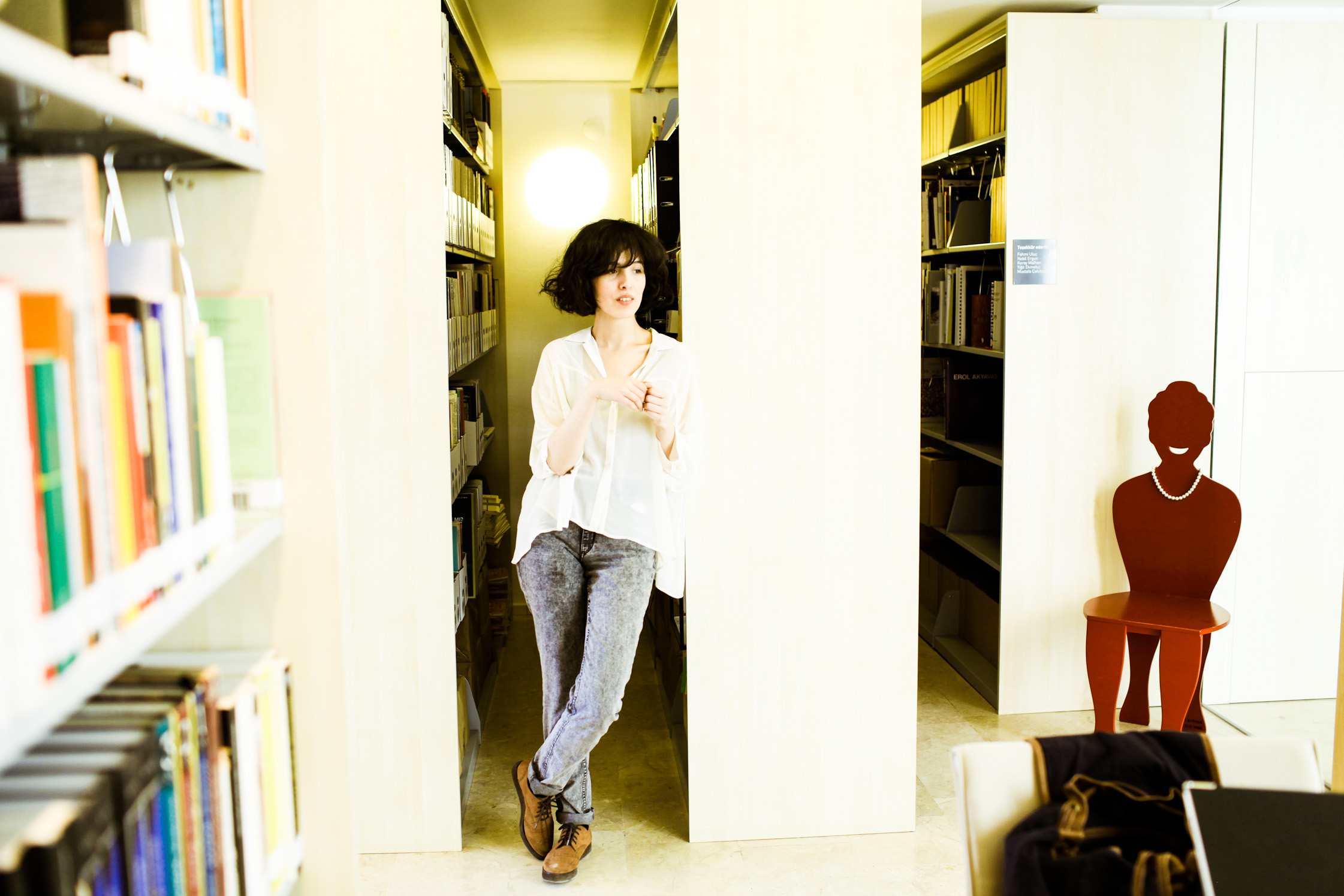
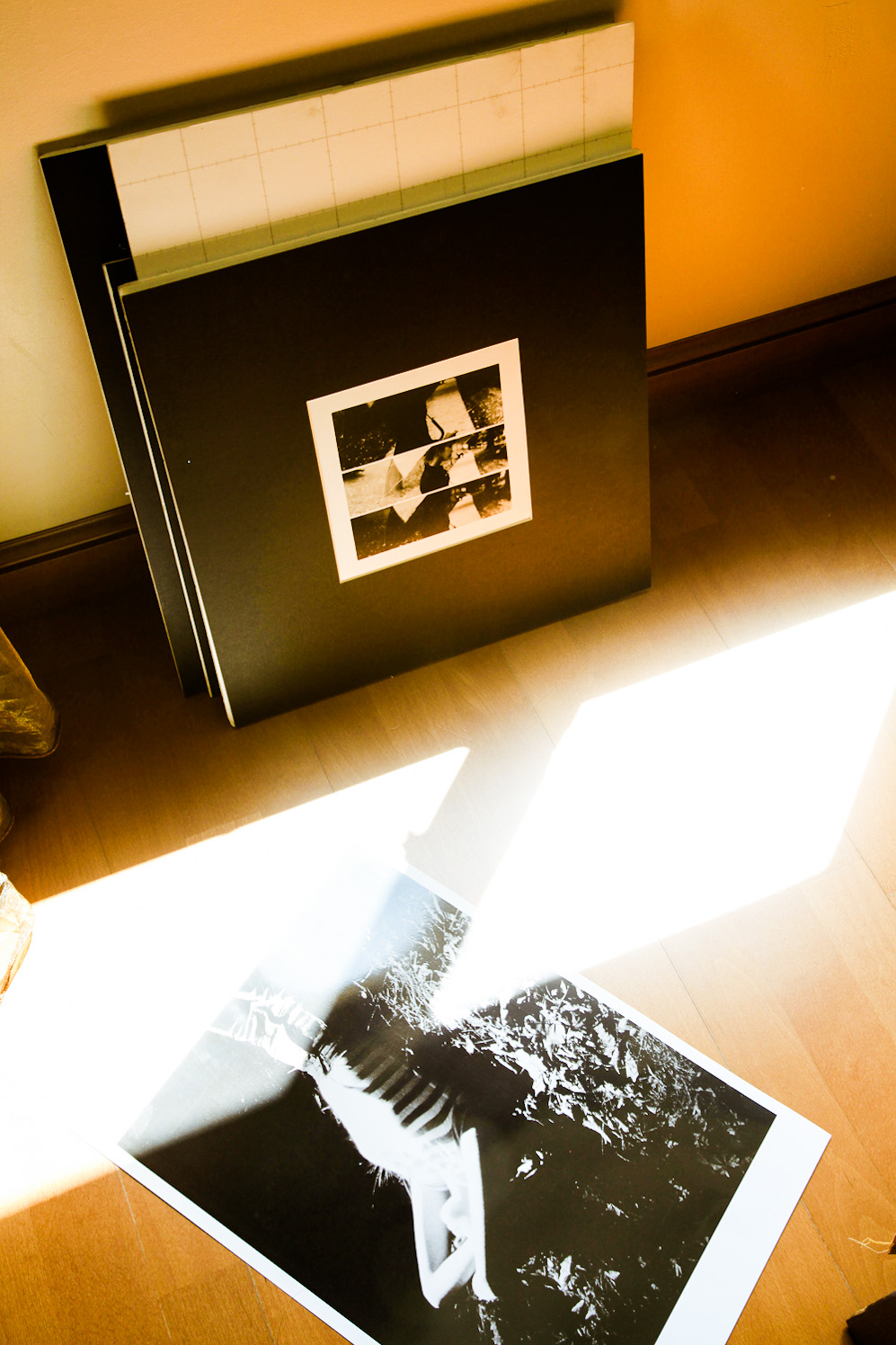
How did you start to take photos?
The curiosity about how I look like orientated me. I had the urge to see myself using a medium with different visualities that I came up with. Actually, it was that simple.
You mainly take photos from the photos that you have taken before by never leaving them as they are. You tear off and unite them layer by layer, shooting the videos and photos again from the computer screen; using the repetition, piece-whole relation, by coalescing. Why?
I think that I don’t do anything original. It is crucial for me to take photos over and over again from the same one. When I tear a photo and reshoot it, it makes me feel like I’m experimenting ways of seeing and playing with form. Every time it modifies due to the help of this act and transforms into something else. When one researches about the history of art, it is obvious that almost everything has been done. Besides theories like “object of desire”, I give “the original” more importance in terms of transformation and variation/repetition.
You also make videos. Are you interested in using other mediums or using different materials?
Lately, this became a bit complicated that makes me think more. More than using just one medium, contrariwise, I would use what it is necessary to express myself better. In time, I want to deal more with performativity/performance art. Music may be also included in a deliberate way.
Music is also a big part of your life. Maybe like therapy, as a private act, you make music.
Music inspires me a lot. I also have works in reference to music. For example, there are things in my mind related to wind, the sound of it. First of all, I’m really impressed by wind itself. Secondly, the song “Wild is the Wind” really affects me. I listen to it repetitively. From time to time it enters into my dreams, as well. Besides that, I really don’t know how I will use music. It’s a big part of me. Making my own music is also another dream.
Last year was a busy year for you with lots of exhibitions. You also worked on making the archive of Gallery Nev Ankara. As an artist, what kind of experience is it to work in a gallery?
It’s really important to me. I’m being fed by that archive. Besides the exhibitions I follow there, I have the opportunity to see a well-done publication about an exhibition before the opening.
While observing the portfolios of the artists, I analyze the change in their works. It is like being a big brother in a way. Sometimes I write down a sentence that I see from these works and after a while an inspiration will derive from those specific words. In a letter of Yüksel Arslan written for Ali Artun, there was a drawing that gives important references to his work, postcards sent from NY by Hüseyin Alptekin; one may see what Abidin Dino had done and the change in him… With that archive I’m able to see the historical change in Turkey´s art history. Gallery Nev has a historical approach. This archive is like a treasure and I feel lucky.
After studying Communication and Design at the university, you finished your fine arts master at maHKU in Utrecht. How did you change in this very period?
Everything changed immensly. In a way, I identified myself. At this program one was expected to investigate herself/himself during the act of producing. This education helped me to understand how spontaneously I worked. I analyzed my boundaries. I worked differently before that. It was more like running across with a beautiful light/image and capturing it.
First, I was a little bit asocial, staying alone by myself for a period. Then nothing started to occur around me. This feeling of spontaneity vanished. There was a time during which it became hard to create. I then analyzed myself and saw that I became able to use this depression in a good way for my work as a tool. Before that education, I wasn’t interrogating myself as much as I was supposed to. There, I did that. Even though I like spontaneity in regards to being an artist, I should be more precise about what I come up with.
You have told me that you used to give importance in which city you live in, but now you think the ‘what’ and ‘how’ is more important than where you do it. What changed your mind?
When I was in Netherlands for MA studies, I was following the art scene of that city. All my friends, instructors had graduated from fine arts, unlike me. After getting used to that scene, turning back made me feel that I had gained a distance from everything. I wasn’t familiar with the art scene there and it was necessary for me to learn more about the art history in Turkey. This used to make me feel isolated. After coming back, I realized that I also lost my contacts back in Turkey. In a way I was introverted. After 6-7 months, this connection started to be generated in Ankara, too. But this time I started to feel like everything was happening in Istanbul and I was away. These feelings had nothing to do with my productivity or visibility but the sole interaction. Back in Netherlands, we had a studio with 12 people and we were inspired by each other. In Ankara, I was searching for the same but instead I found myself with isolation. There were times that I had the fear of not being able to create if I stay’d there more. After some time everything just settled down. Now I see that I don’t have to keep in pace with the life in Istanbul. After realizing that I started to love my life more here, in Ankara.
Although you mostly work in İstanbul, you don’t move to İstanbul, as most of the artists in Turkey do. What is the reason for that? What is the main reason for you staying in the Ankara-periphery instead of being in the center of İstanbul?
As I have observed, most of the people move to Istanbul because of economical reasons. They may find a better job there. I was lucky to find work at Gallery Nev. At the same time, I don’t want to put myself in the chaotic world of Istanbul.
This would destroy me and my creativity. I’m a calm person also with the urge to feel bored from time to time. I believe I wouldn’t even find the time to get the willies in Istanbul. It is visible, in the middle of everything. It doesn’t fit with my personality.
What is exciting in Ankara? What are the latest changes in this city?
Ankara started to become alive in a vigorous way. New collectives, who got bored because of inabilities, such as “ğ”, are being founded these days. These people try to generate a new scene, not just to be visible, but much more than that. It’s due to the necessities. It also is an influencing fact that few is happening in this city. When there is an event, it is more valuable to the youth because less occurs.
I feel like people in Ankara are dancing more freely. They do not just hold their drinks and stand as a voyeur, but also they let go. This city feels more sincere to me. Here, one may also have more time to think or to travel. I feel that people are getting bored of İstanbul. More and more people are coming to Ankara for new gatherings.
Now you have founded a new independent art space with your friends. Could you talk about that space?
Torun has been founded with the people demanding a space to share thoughts about art and culture. One of the most important things about this space is to give the key to the artist without commercial concerns and help him/her. The other is the relation with the neighbours that are mostly not interested in contemporary art. Having visits from Brother Apo, the hairdresser or the grocer Hikmet is valuable to us. Here is a space that is founded to create, observe, and discuss together.
We want Torun to become a space not just for exhibitions, but also for discussions and sharing thoughts about art. We would like to generate the creation of a new culture through this space. We are trying to have a criticizing environment.
What was the urge for you and your friends to come up with this idea? What do you expect from Torun?
Pressure by museums, galleries and institutions both on the artist and the participants leaded us to come up with this idea. Giving a free environment back to the audience and participants; constituting a space far from the apparatuses of hegemony is our main goal. It is crucial to act together with the people who believe that this would happen. Far from pressure, having a space that the artist may create freely… We would like to try having exhibitions, thoughts that normally one may not see in a gallery or a museum. Various exhibitions, performances, talks, and gatherings will take place in this space. The main concern is to eliminate a certain hierarchy, as well. For example, an art history professor would come to Torun for a talk or a contribution, but when s/he is working with us, there wouldn’t be a certain hierarchy like known well in the universities.
People from Istanbul are excited about this space and want to join. Actually, I would like to ask them the reason for this enthusiasm. Normally these kind of spaces are not that much in Turkey. It shouldn’t turn just into a casual space with exhibitions or events that are seen everywhere else.
Thank you Zeynep for your company and sincere answers.
If you want read and see more of Zeyneps works and projects take a look here and here.
Interview & Translation: Göksü Kunak
Photography: Esra Özkavcı
